Famous, Delicious but Not Simple
The Rhône Valley isn’t just one wine region, it’s actually home to two completely different regions: the smaller northern Rhône and much larger southern Rhône . What they have in common is the Rhône river and just four grapes: Syrah, Viognier, Marsanne, and Roussanne.
The southern Rhône Valley grows many more grapes than the north and has more appellations, making it a bit more complicated to understand. A few of the other grapes found in the southern Rhône include Grenache, Syrah, Mourvèdre, Cinsault, and Carignan.

Northern Rhône
The tiny northern Rhône appellation produces only 5% of total Rhône Valley wine. Wines are austere, elegant, and long-lived.
Difficult cultivation and limited vineyard land keep prices high. Syrah forms the backbone of the Rhône region and is the only red grape permitted. It makes deeply colored wines with medium to high acidity and tannins.
Syrah thrives best in the steep, terraced rocky hillsides lining the Rhône river. Vines, averaging older than 40 years, produce low yields from well-drained soils. Soils consist of gravel, schist, granite, slate, limestone, iron, and sand.
The Continental climate keeps vines dormant during cold, wet winters and promotes ripening during hot summers. Fog can occur in both spring and fall.
A strong wind, called Le Mistral, blows through the valley from the north to the Mediterranean. It keeps vines cool in the summer heat, helps maintain acidity, and keeps grapes dry, reducing disease.
Both small and large families produce most of the wine. E. Guigal and M. Chapoutier are two well-known producers.
Côte-Rôtie
The northernmost AOC of the northern Rhône, Côte-Rôtie means “roasted slope.” Syrah ripens well on the southeast facing slopes. Small amounts of Viognier (up to 20% is allowed) can be used because, by tradition, vines are co-planted. Viognier softens the wine and adds aroma.
 © Wine Folly
© Wine Folly
Condrieu and Château Grillet
These two tiny appellations are next to each other just below Côte-Rôtie traveling south along the river. They produce only white wine from Viognier. Viognier reaches its zenith in the wines, lush, aromatic, viscous. Difficult cultivation and minute quantities result in expensive wine. Château Grillet has only one producer.
St.-Joseph
St.-Joseph lies across the Rhône river from Hermitage. A region of low hills, it was created in 1956 to expand the appellation. Expansion brought in new producers with lesser quality plantings.
Hermitage
Wines from Hermitage were at one time France’s most exclusive and expensive. Before AOC law, négociants added Hermitage to Bordeaux in weak vintages for depth and color. 300+ acres of vineyards lie on Hermitage’s high granite hill. Winemakers can add up to 15% Viognier, but few do. Hermitage wines are earthy, high-alcohol, and powerful.
Croze-Hermitage
Vineyards here lie on flatlands surrounding the granite hill. Croze produces 10 times as much wine as Hermitage and the lighter-bodied wines cost half as much.
Cornas
Cornas is a small AOC south of St. Joseph. Its steep, terraced hillside vineyards produce dense and age-worthy wines that need to age at least 7-10 years before drinking.
St.-Péray
The southernmost AOC of the northern Rhône produces mostly sparkling wine, 80% of the total of St.-Péray. The remainder is still white wine. Marsanne makes up most of the blends with some added Roussanne.

Southern Rhône
In the Southern Rhône, cooperatives make up about 70% of total production. AOC law allows up to 23 grape varieties, but Grenache is the star. Syrah and Mourvèdre play supporting roles, adding color, depth, and spicy notes.
A hot and sunny Mediterranean climate results in richer wines than in the north. Le Mistral causes growers to plant vines in sheltered areas and prune them low to the ground to minimize wind damage.
Common soil types include clay, sand, limestone, gravel, and large, rounded river stones (galets.)
Côtes-du-Rhône/Côtes-du-Rhône Villages
These two appellations make up about 77% of southern Rhône wines. Grapes can come from anywhere within the designated areas. The “Villages” designation on the label indicates a specific village where the grapes come from. Wines drink easy and cost less. Some well-known producers from other appellations make wine here.
Gigondas
Gigondas falls under the shadows of the Dentelles de Montmirail mountains. The powerful, robust, and spicy wines include no more than 80% Grenache and at least 15% Syrah and/or Mourvèdre. Favored producers are Domain les Paillières and Château de St.-Cosme.
Vacqueyras
Like its neighbor, Gigondas, wines from Vacqueyras are dark, structures, and robust, but less elegant. Strong herbal notes reveal the terroir. Producers include more Syrah than in Gigondas.
 © Wine Folly
© Wine Folly
Châteauneuf-du-Pape
The name translates to “New Castle of the Pope” and refers to when the Pope lived in France. This AOC alone makes more wine than all the northern Rhône, 90% red. Historically, these wines supplemented Burgundy instead of Bordeaux.
Winemakers can use 14 grape varieties, 8 red including Grenache, Syrah, and Mourvèdre. Wines are earthy, dense, herbal, and complex. Top producers include Château Beaucastel, Château Rayas, and Domaine du Vieux Télégraphe.
Tavel
Only rosé is made in Tavel but rosé that drinks like red wine. Wines are dry, robust, and spicy reflecting primarily Grenache. Eight other grapes are allowed, both red and white. Each winemaker creates a unique blend.
Rasteau & Beaume de Venise
Home to sweet, fortified wines made from Grenache in Rasteau and Muscat in Beaume de Venise.
Vinsobres
Produces only red wine made from no more than 50% Grenache and no more than 25% Syrah and/or Mourvèdre.
Cairanne
Makes dark, spicy, and tannic red wines from Grenache, Mourvèdre, Syrah, and Cinsault. About 95% is red wine.
Lirac
Neighbor to Tavel and produces rosé and red wines lighter in body than Châteauneuf-du-Pape.
Big Hammer Wines
The wine experts at Big Hammer Wines taste thousands of wines every year from around the globe, looking for quality and value. This special offer reflects the passion we have for our clients.
Discover the world through its wines, Click Here! Visit Bighammerwines.com and become a wine expert!


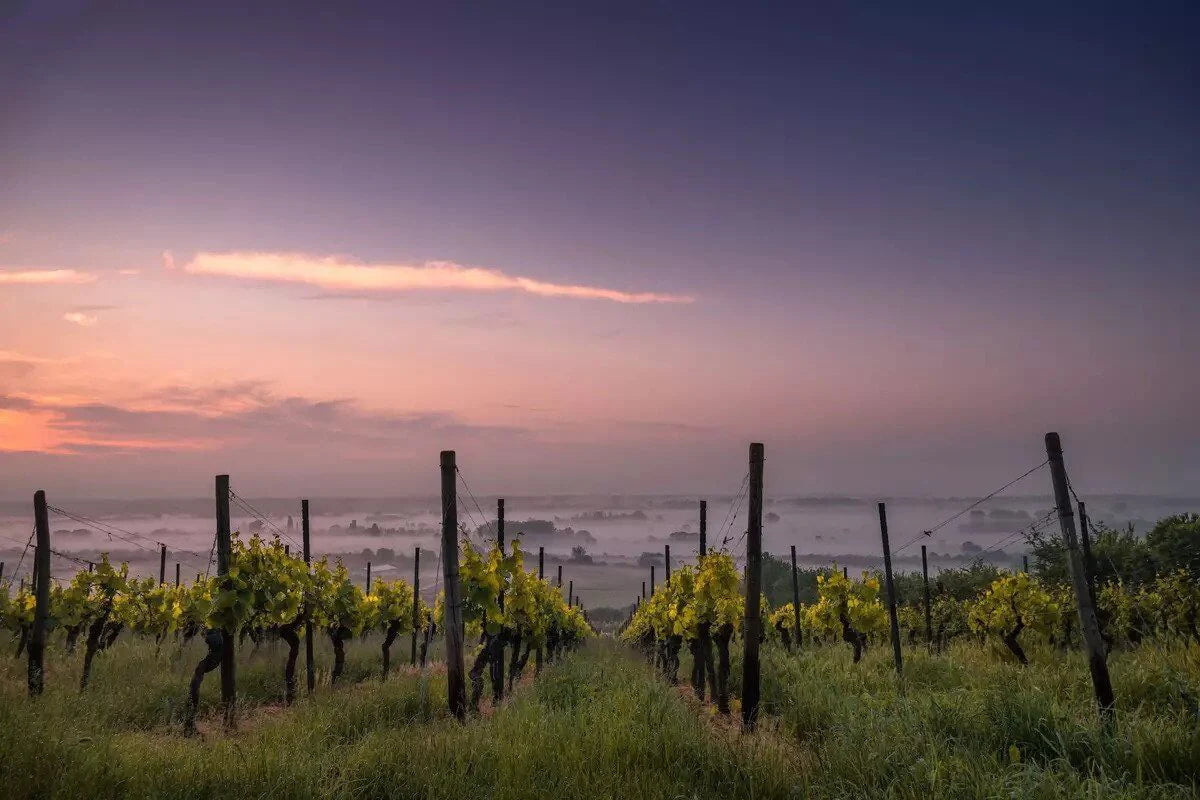
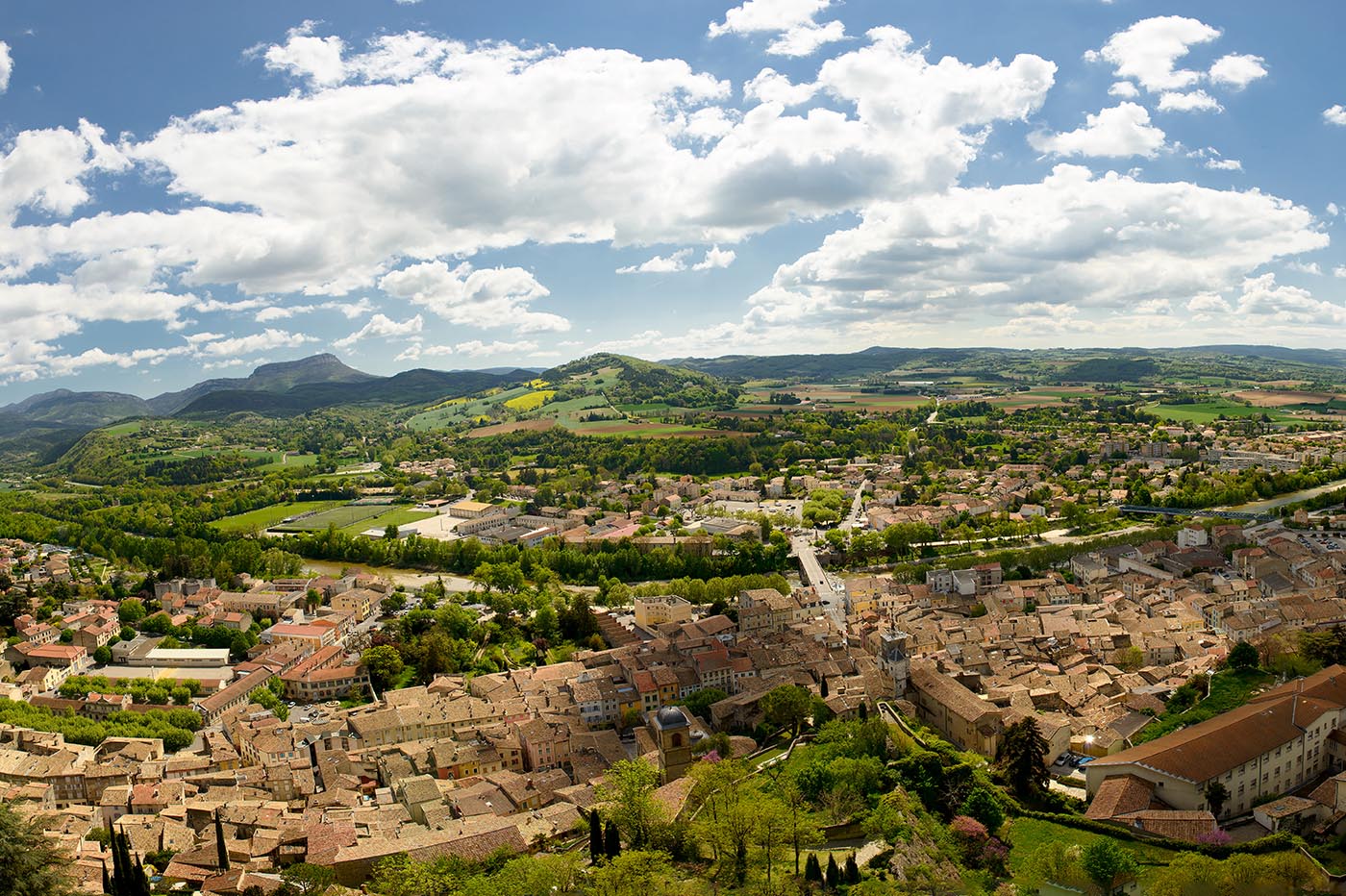


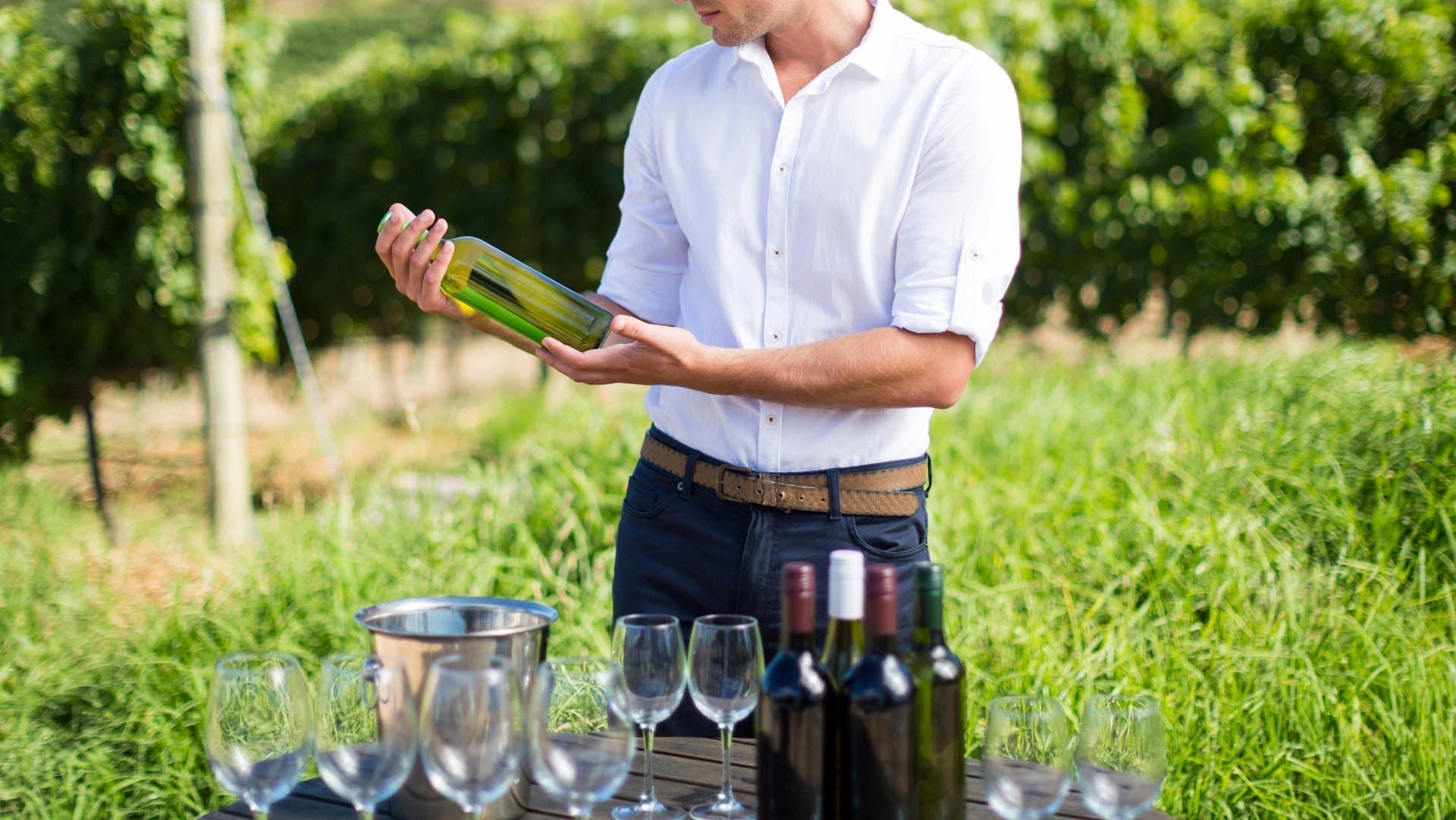
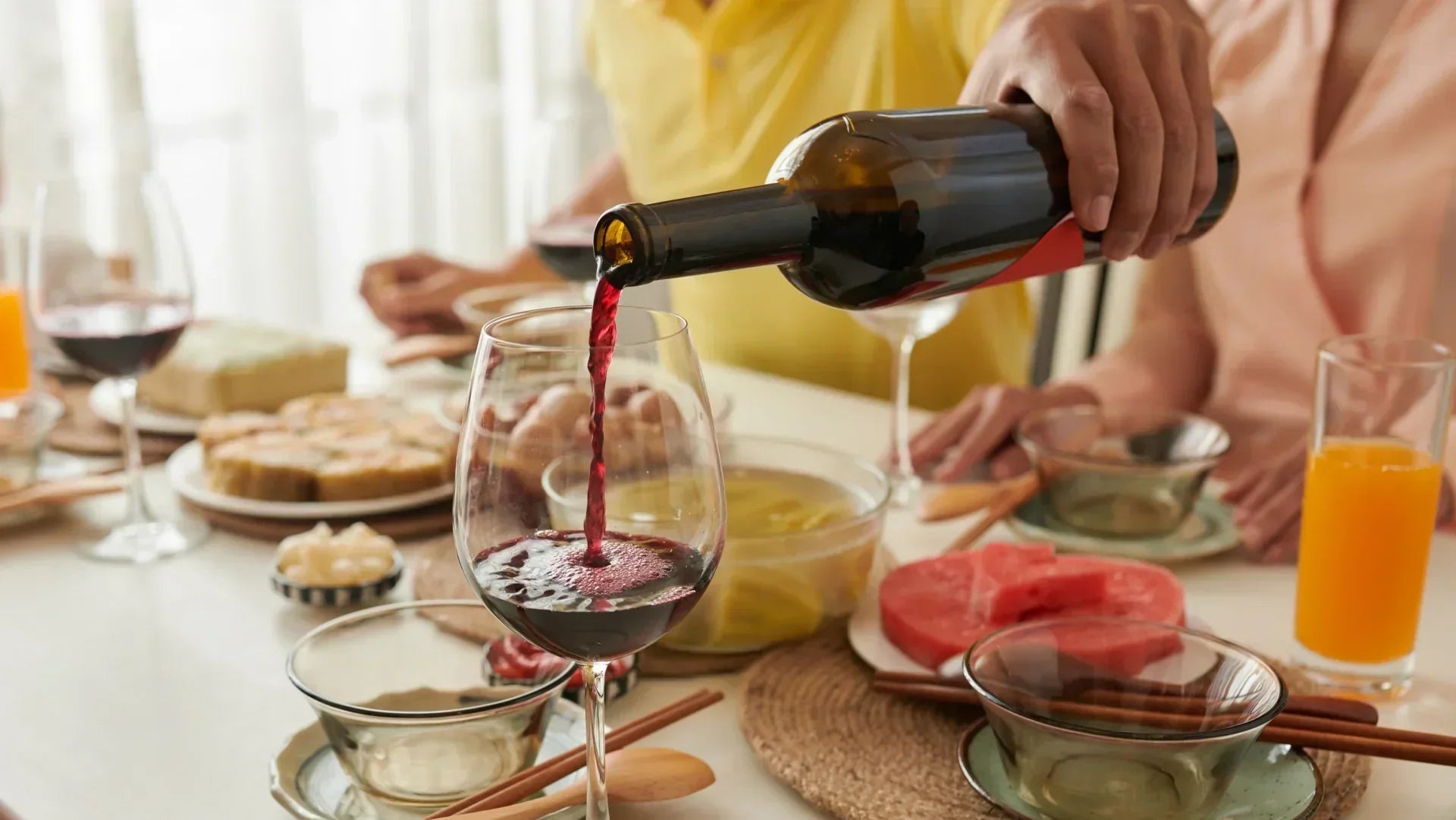




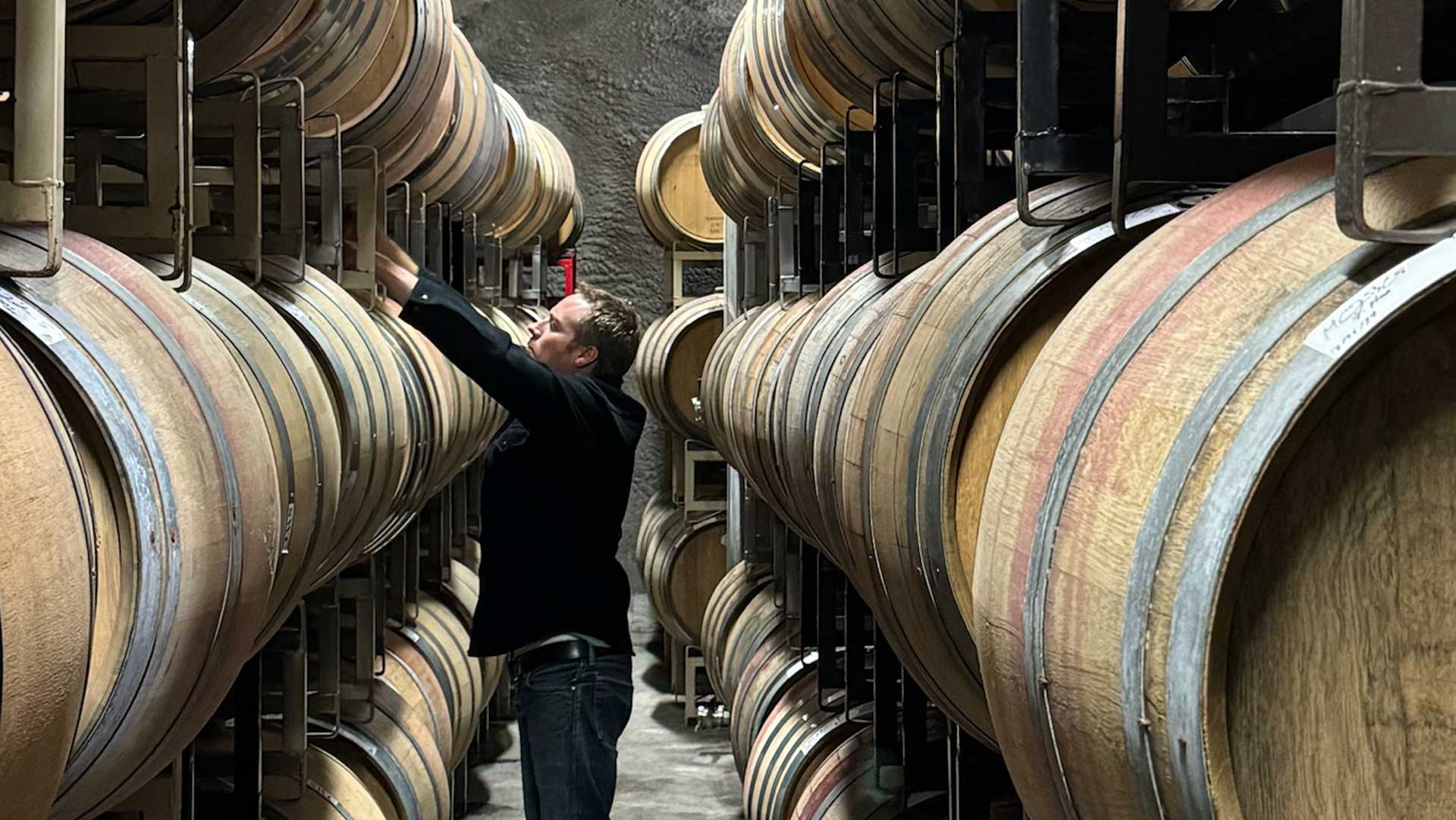
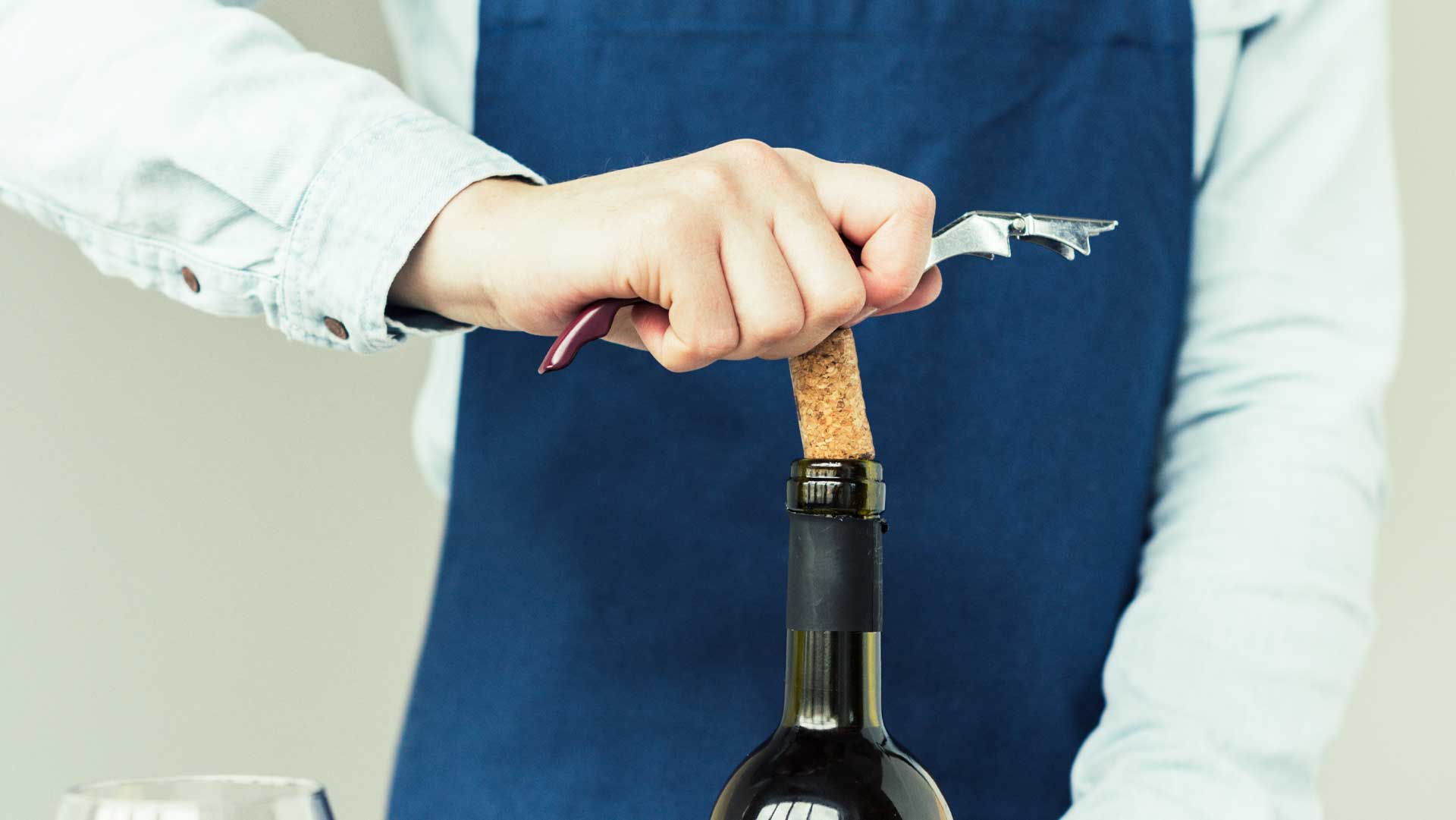



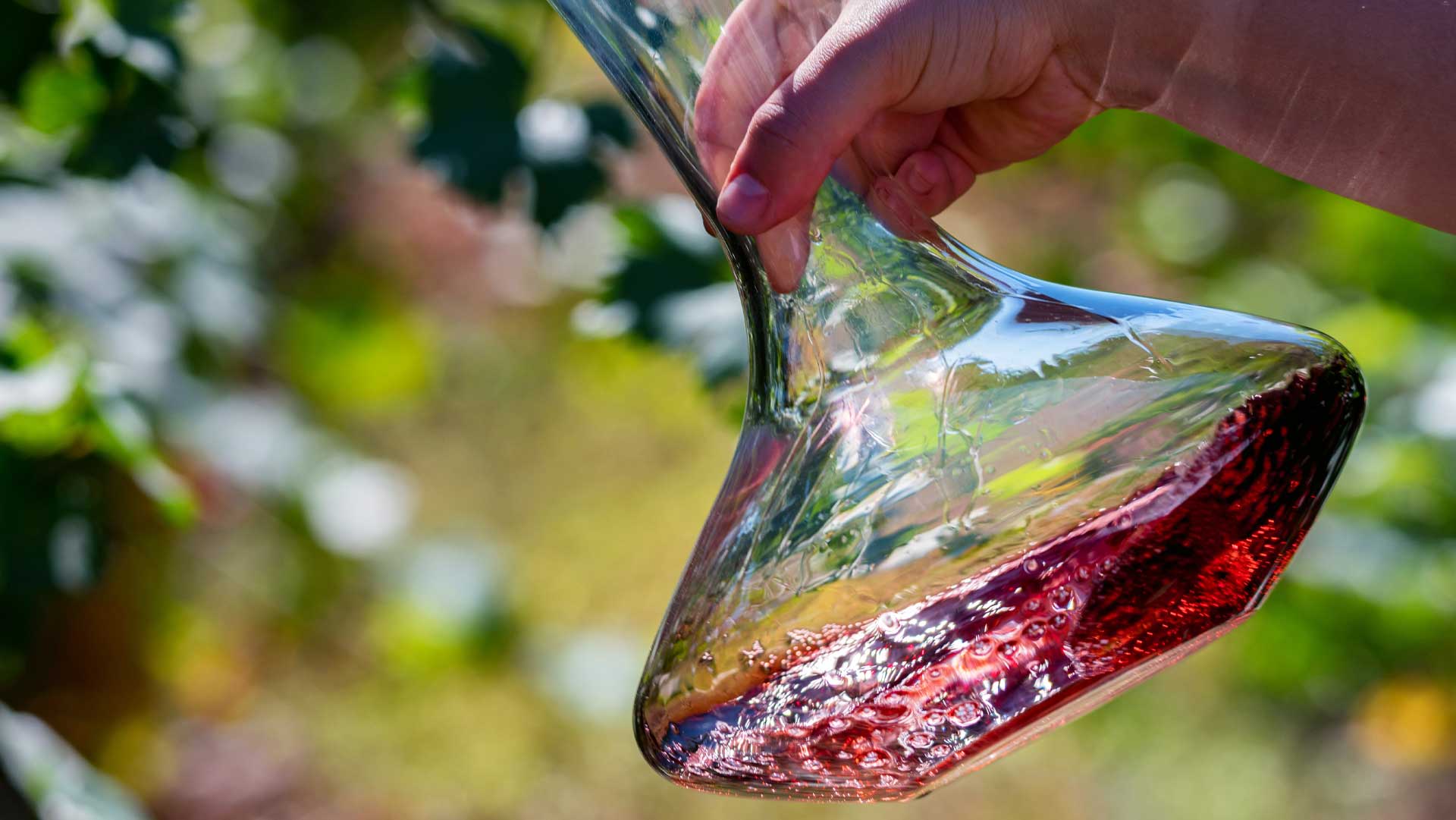





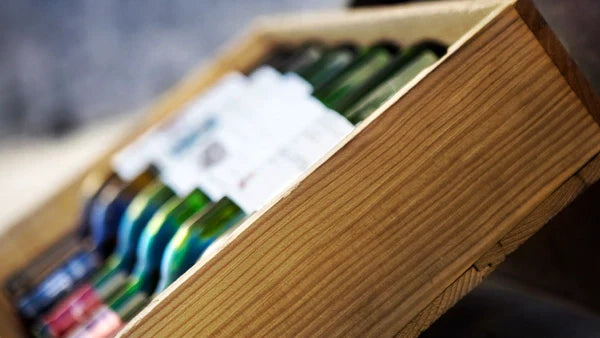
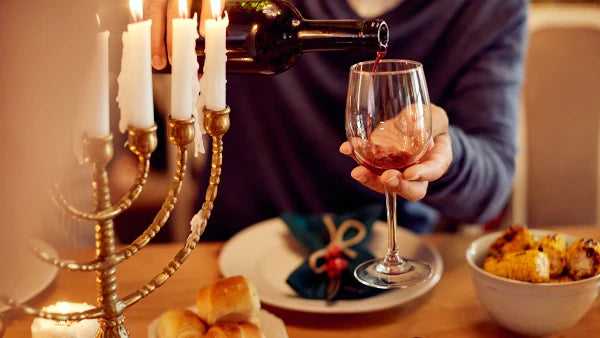
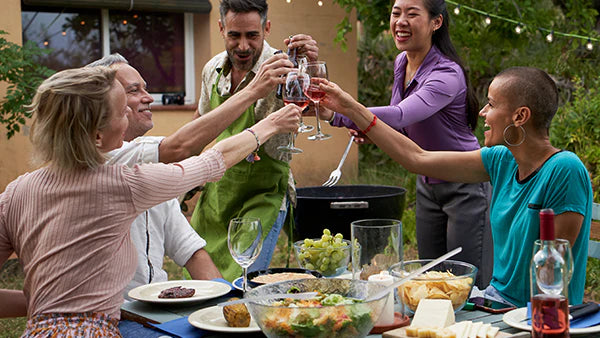

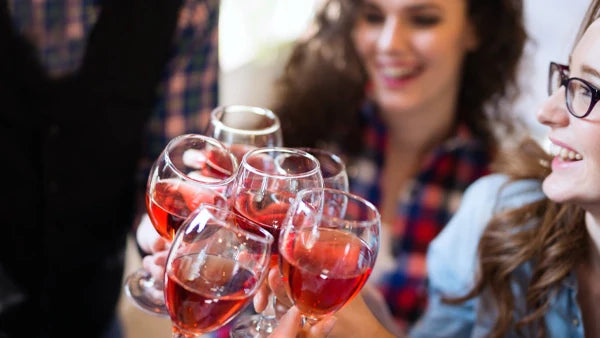

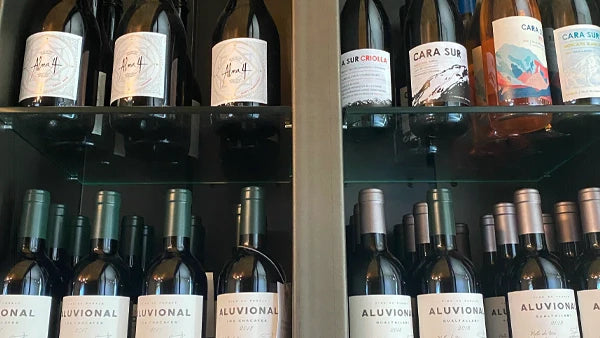







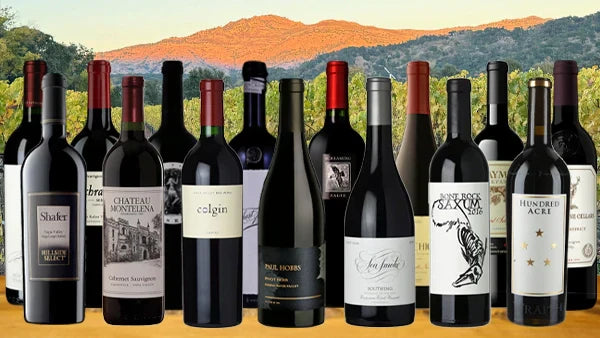
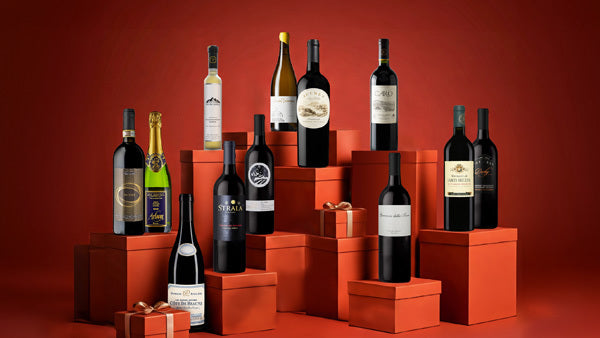






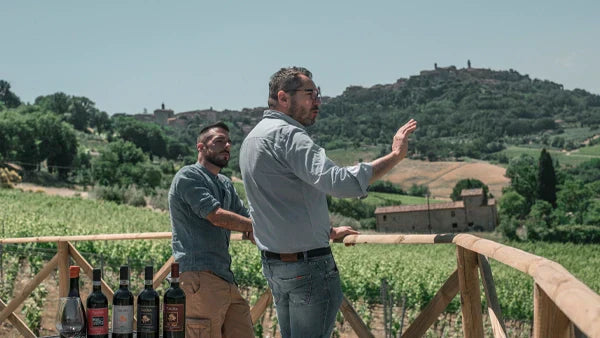

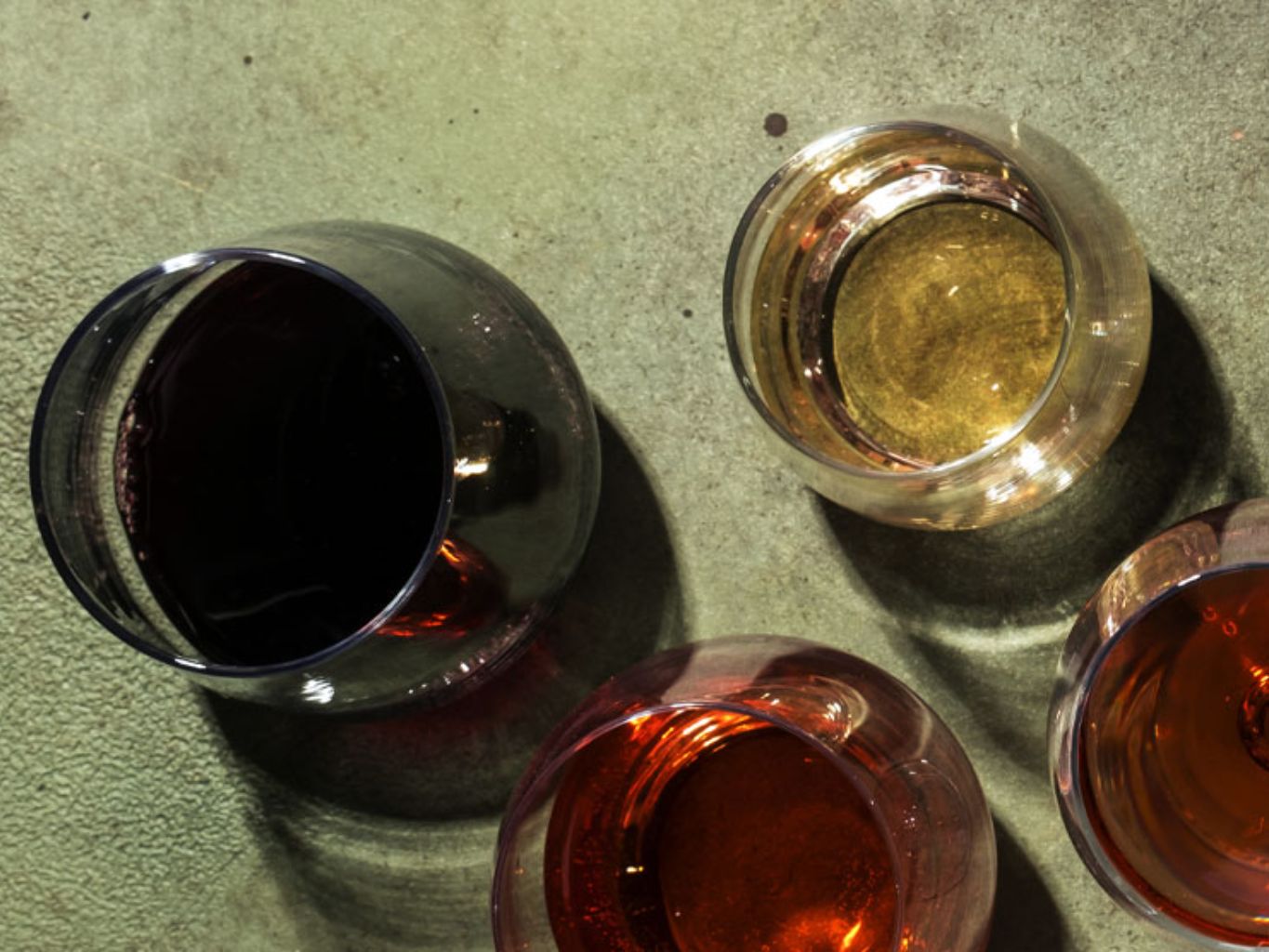


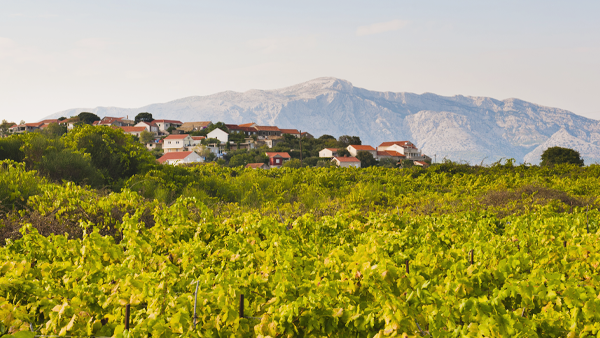
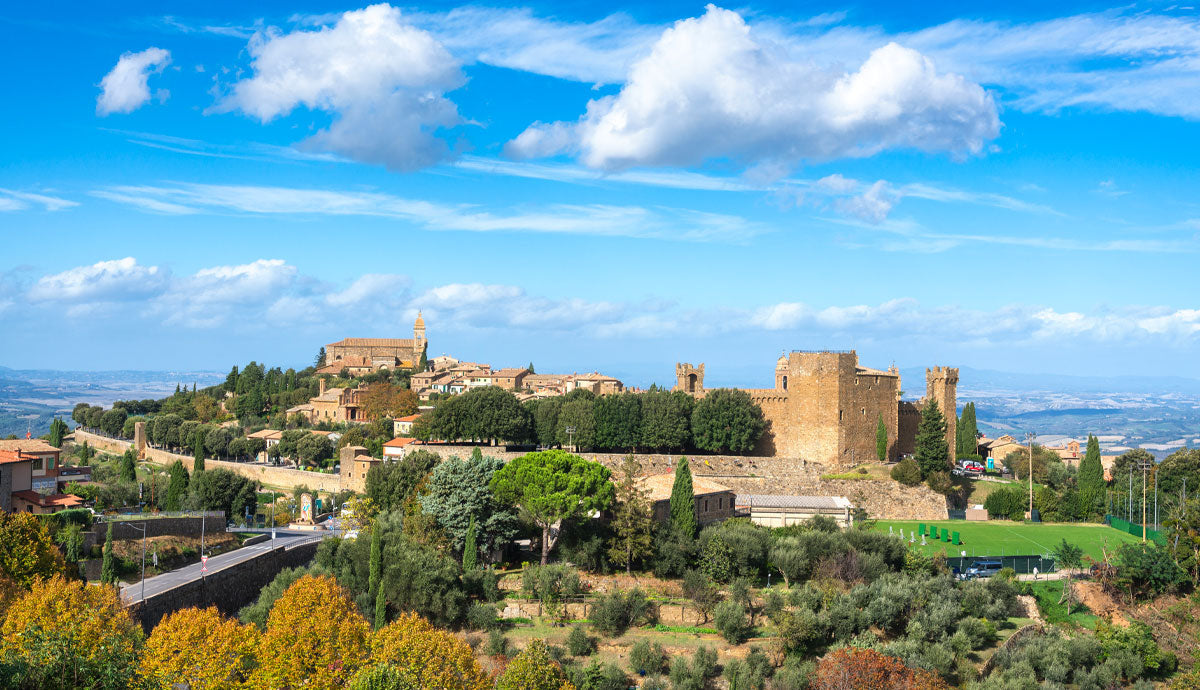

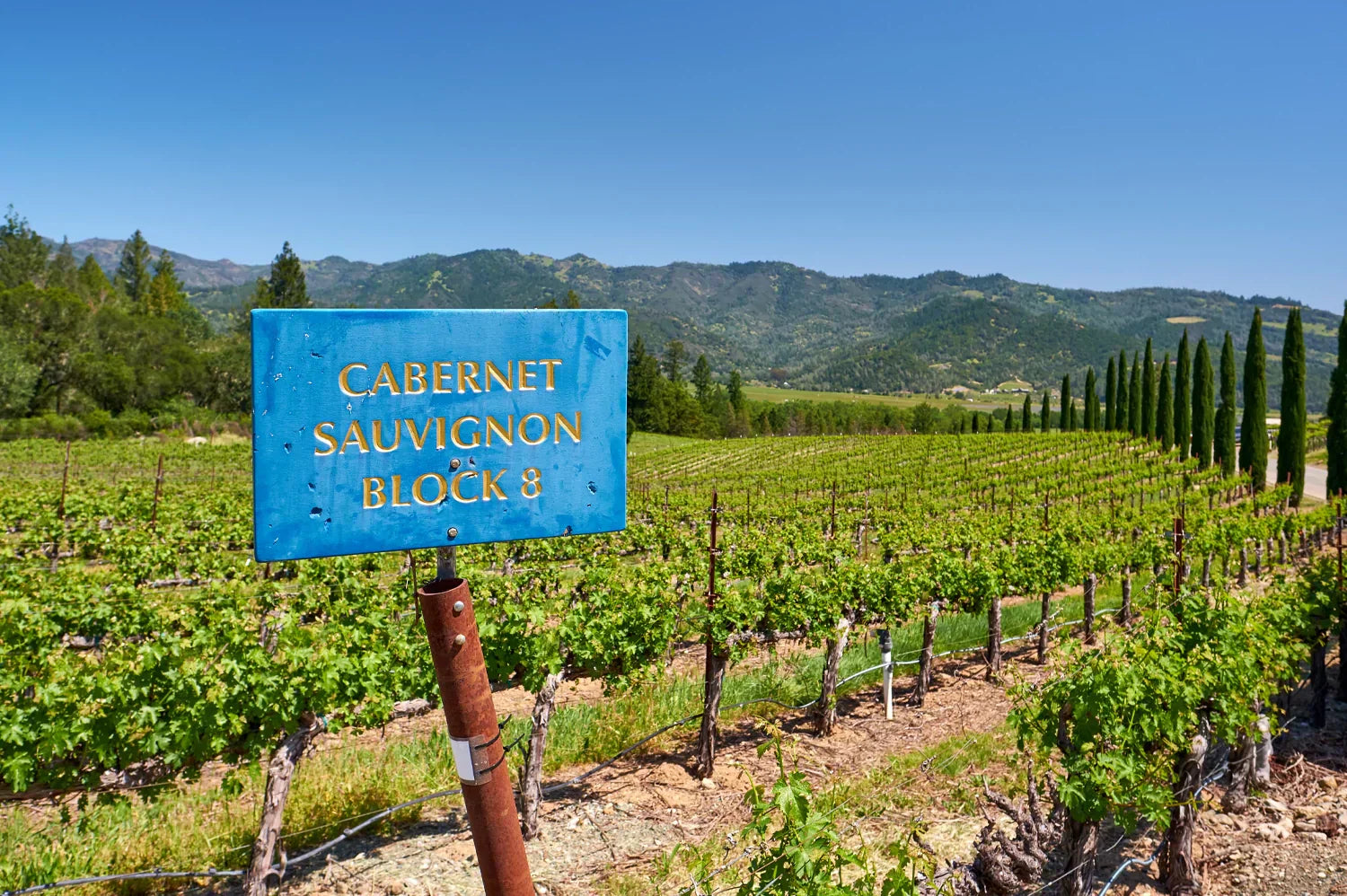
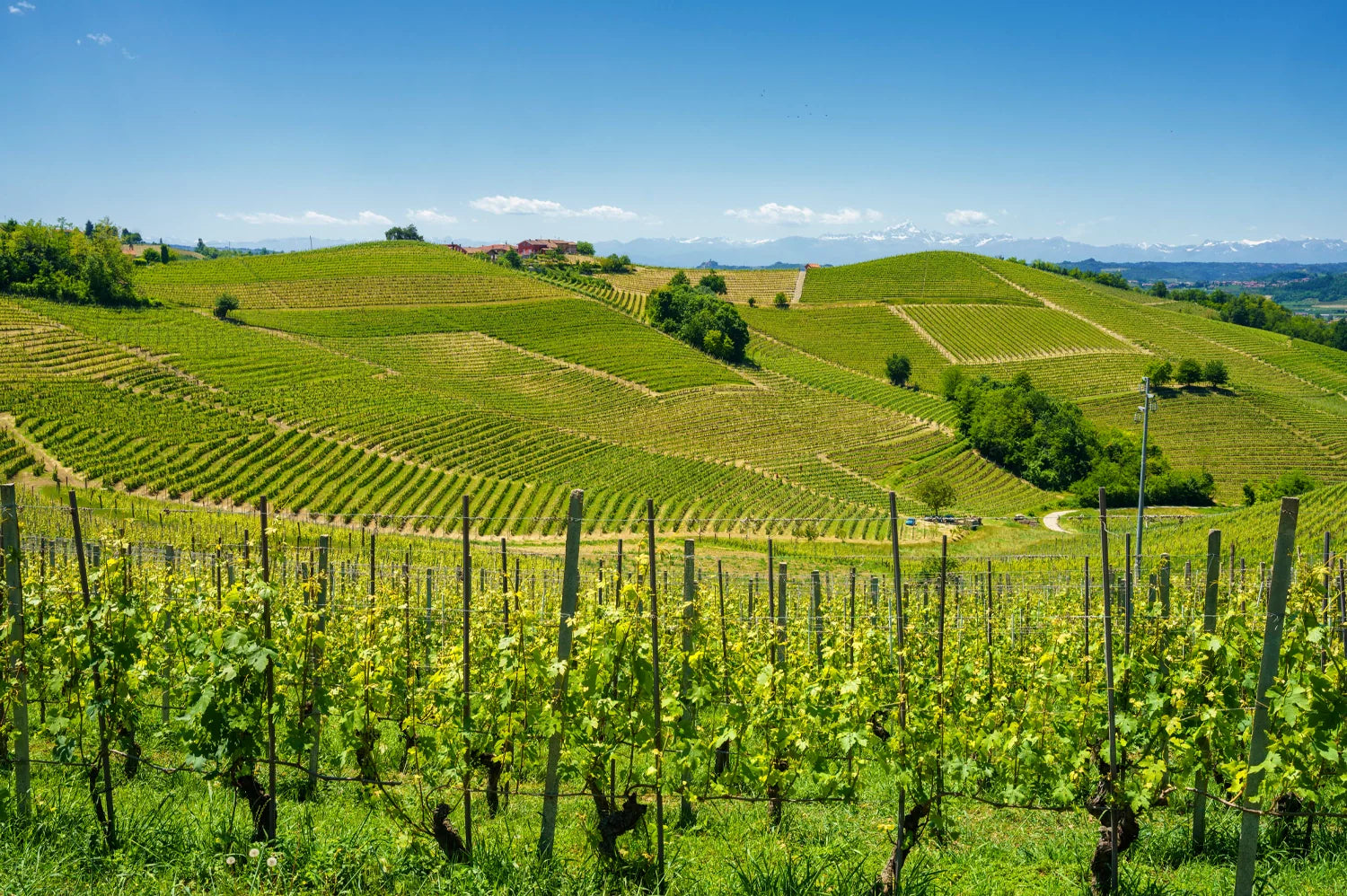
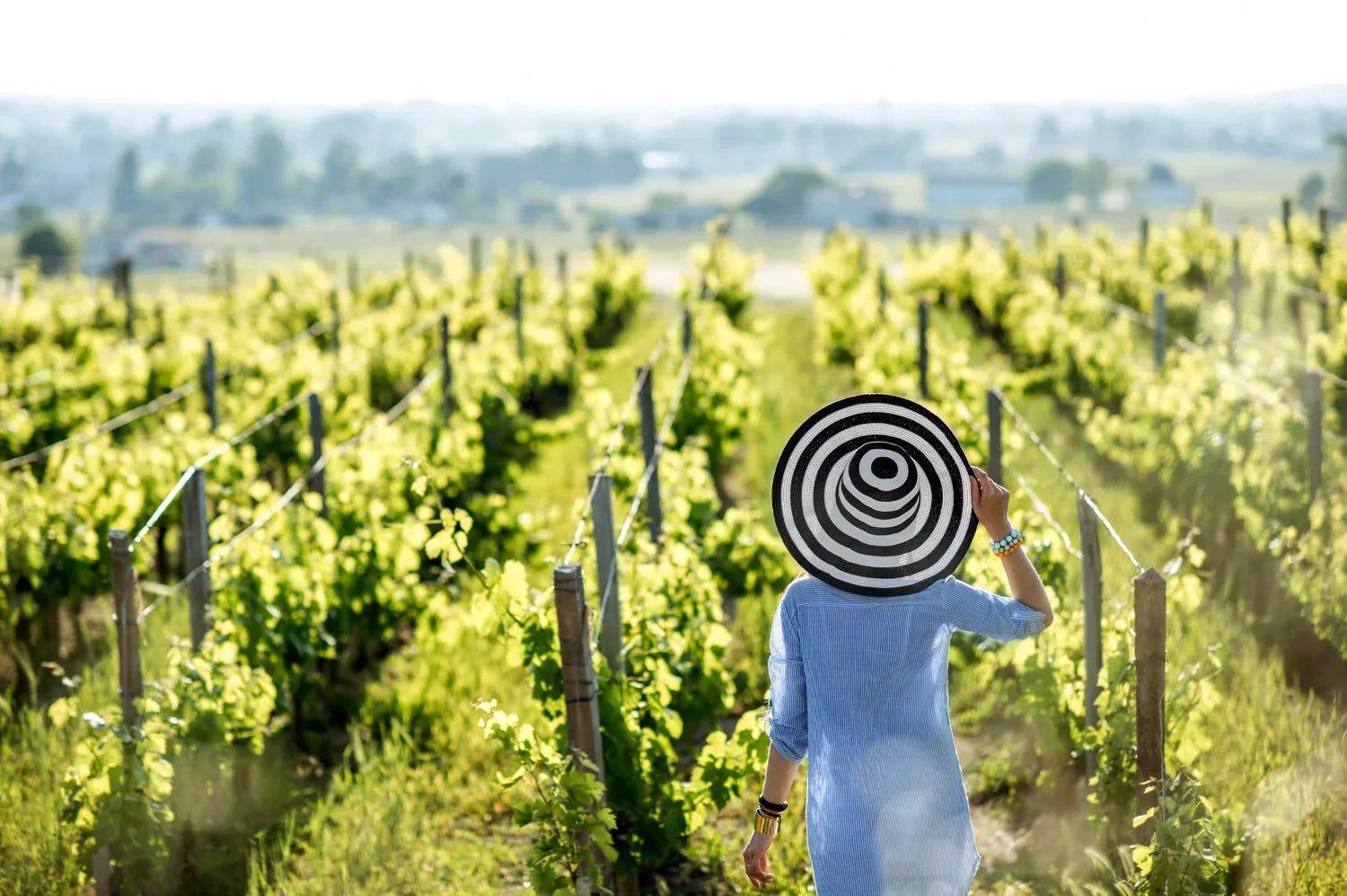
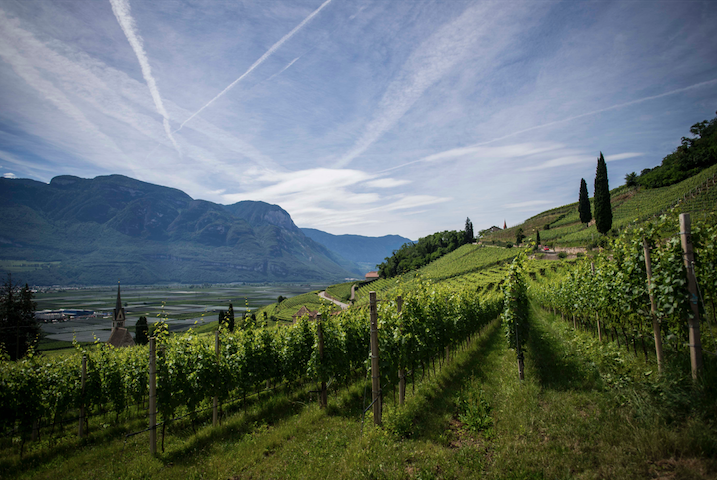
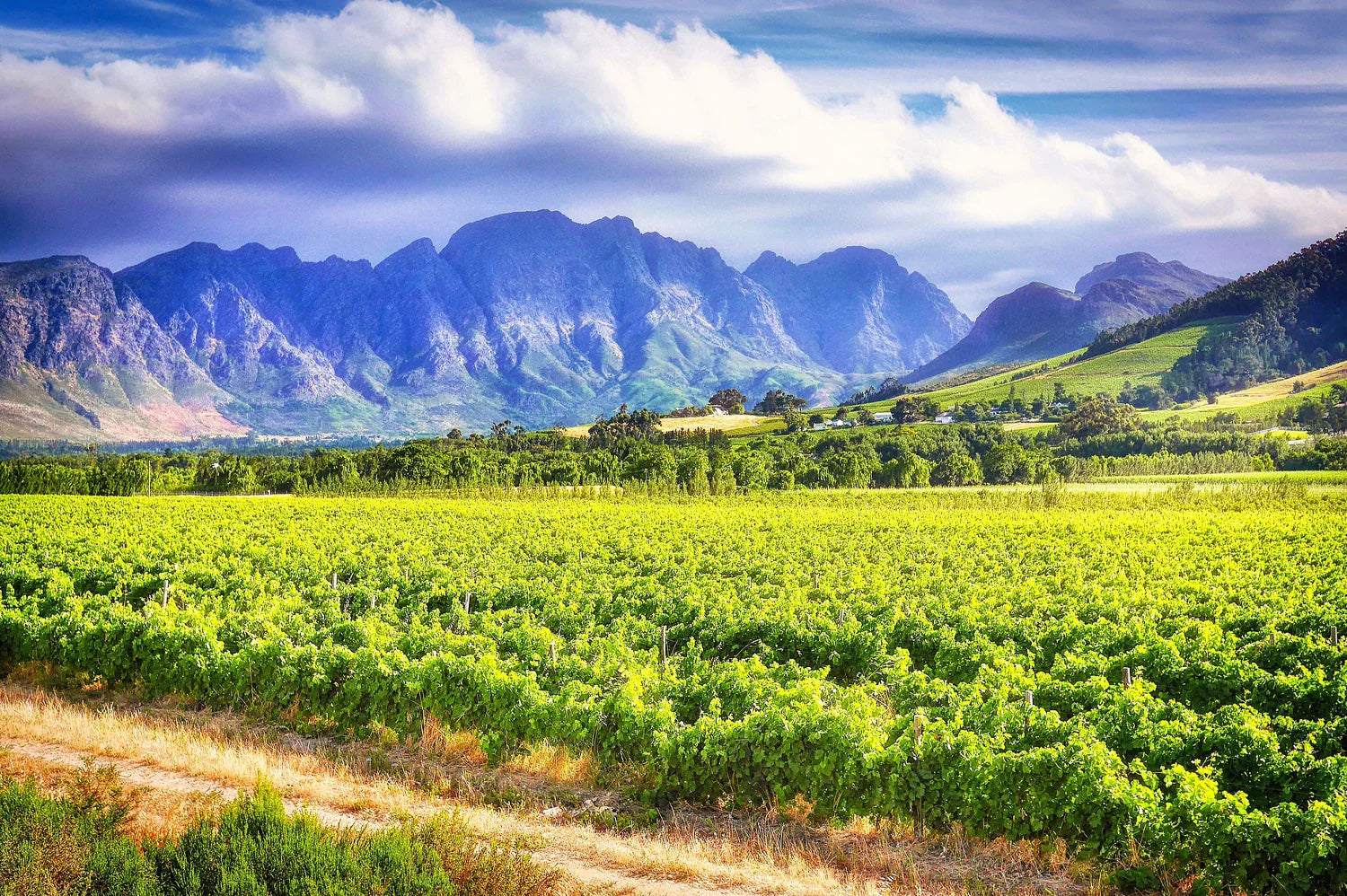
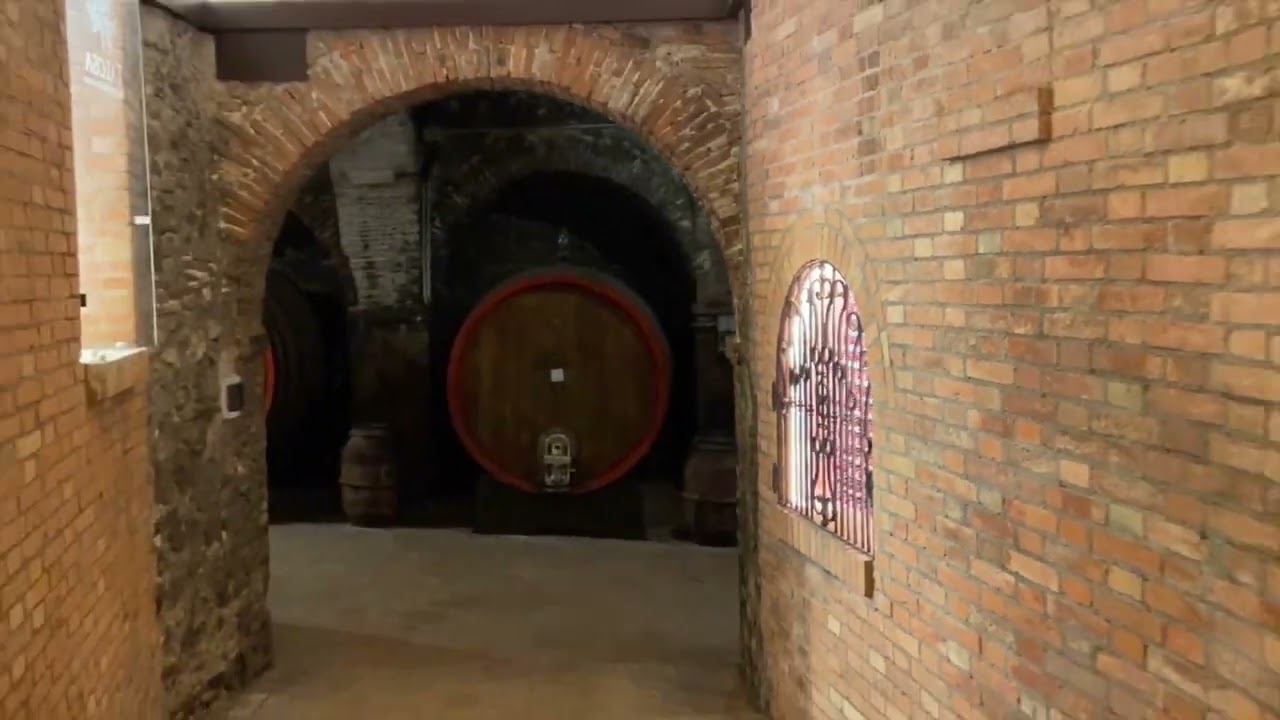
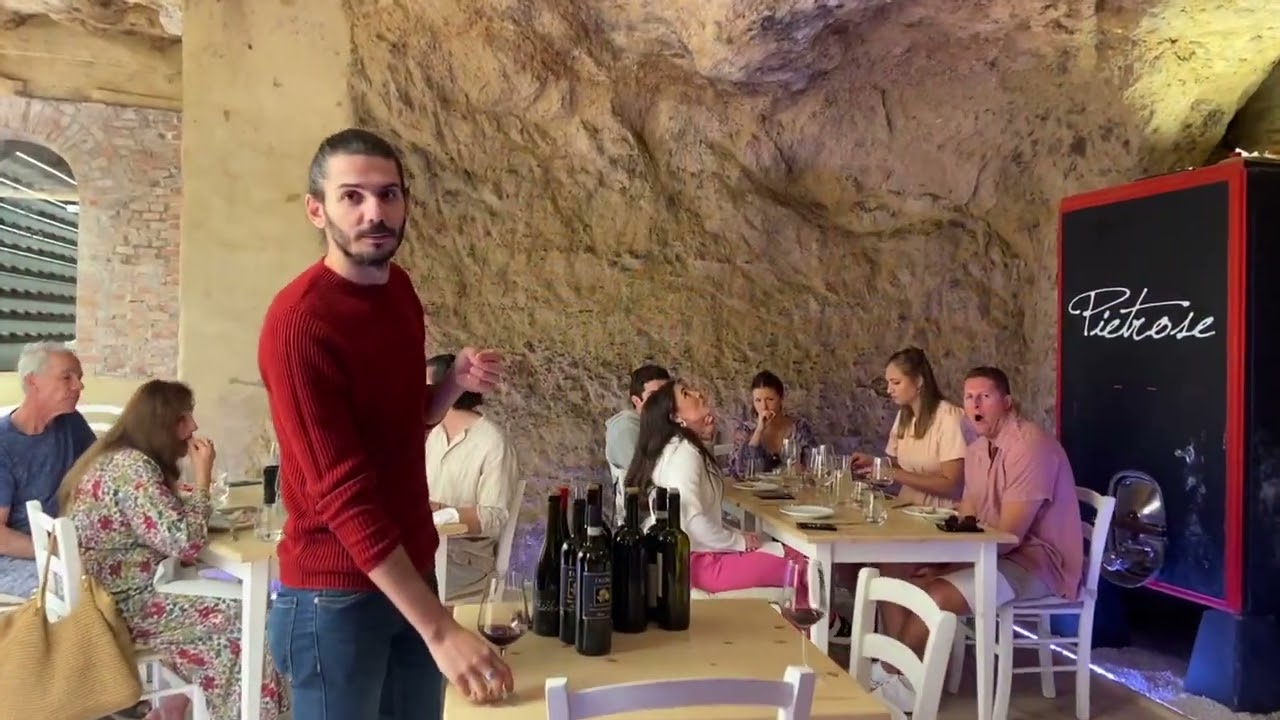
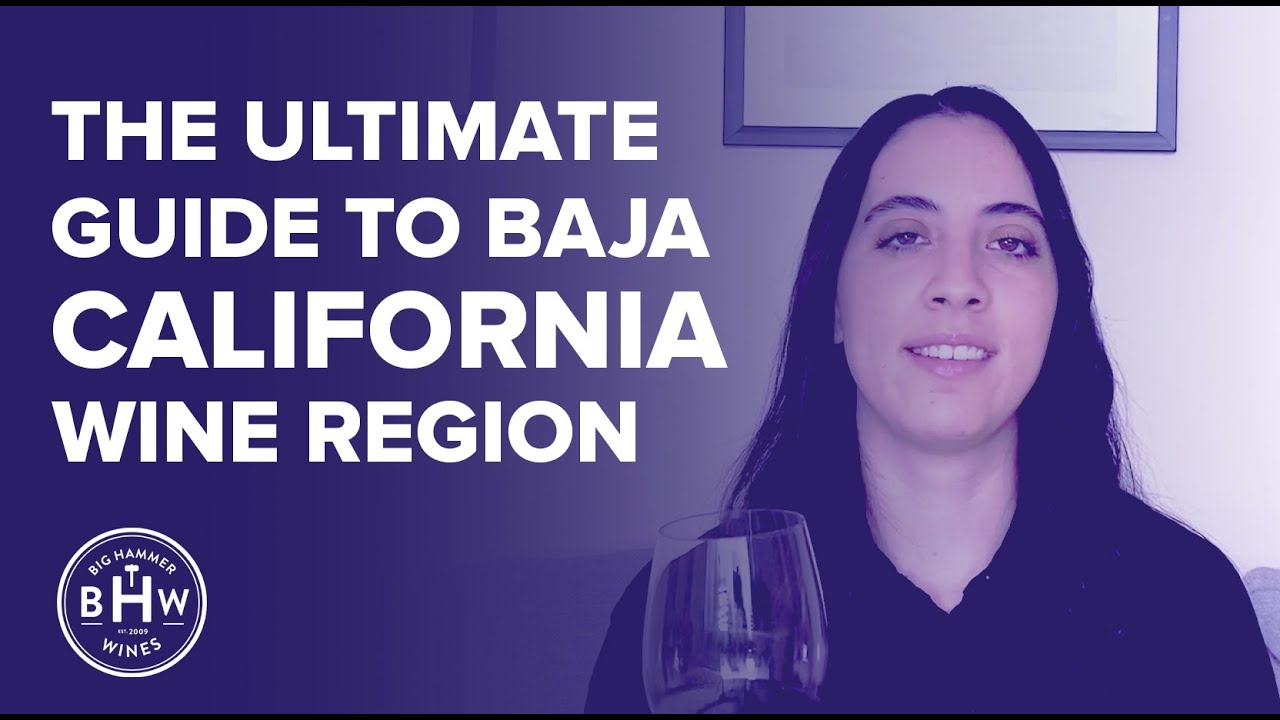
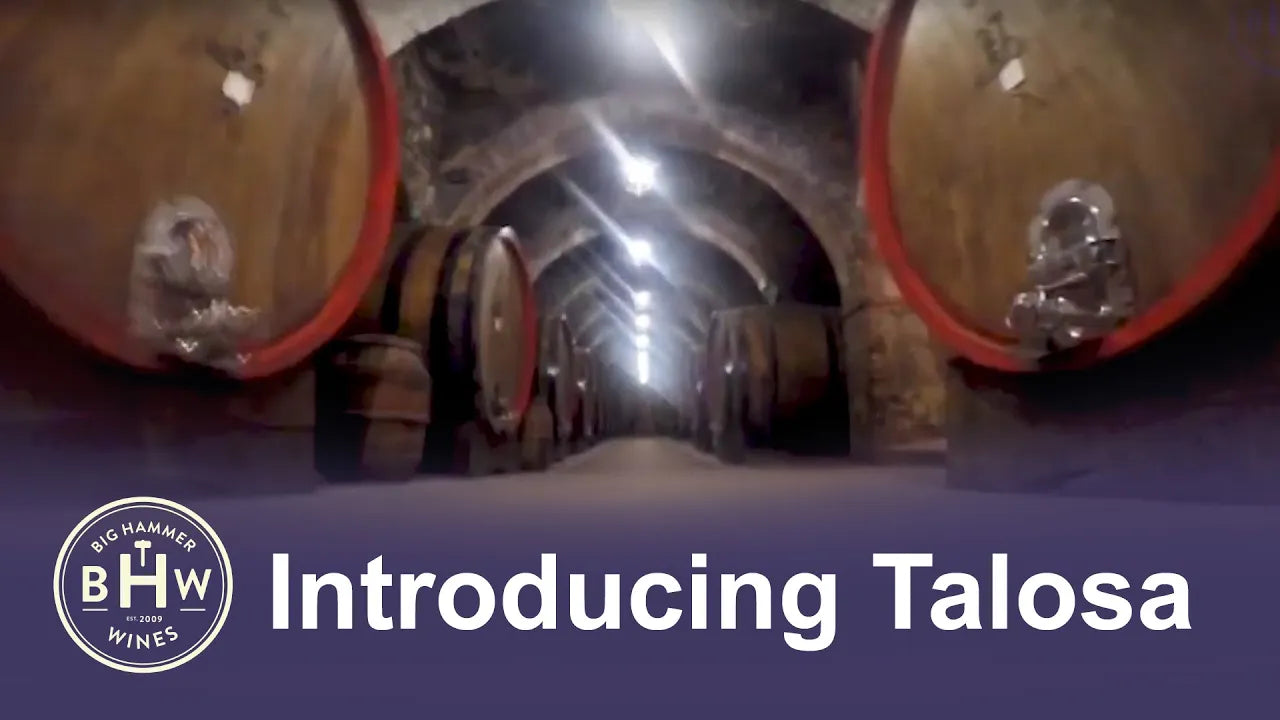


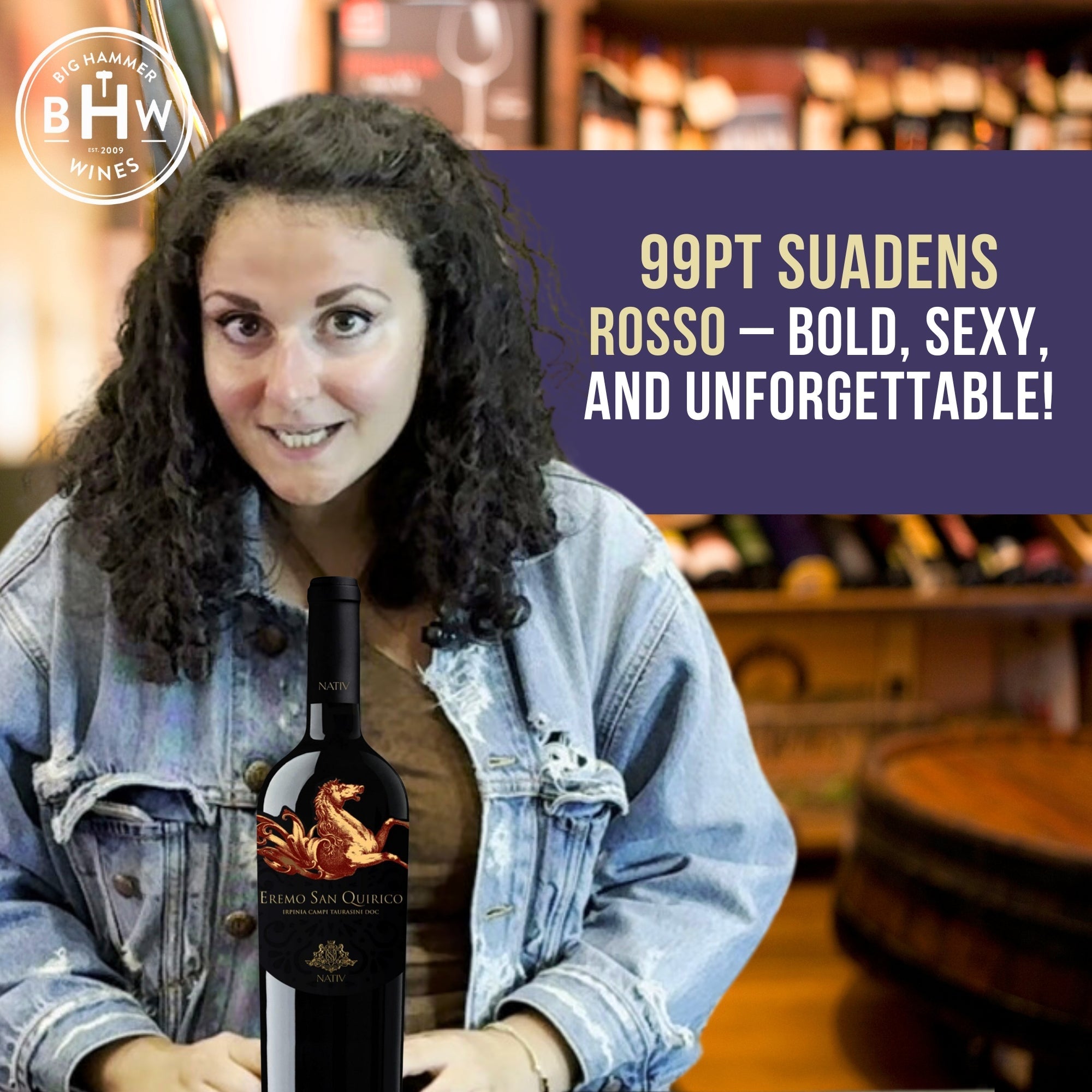
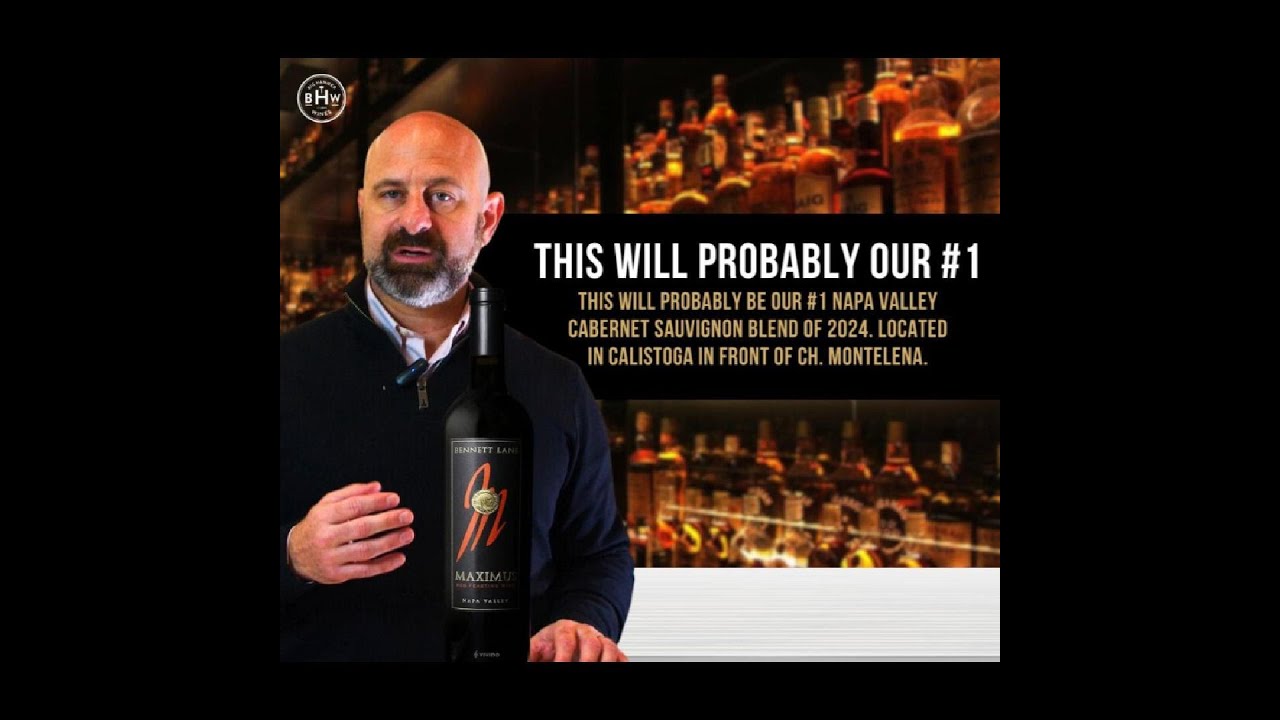

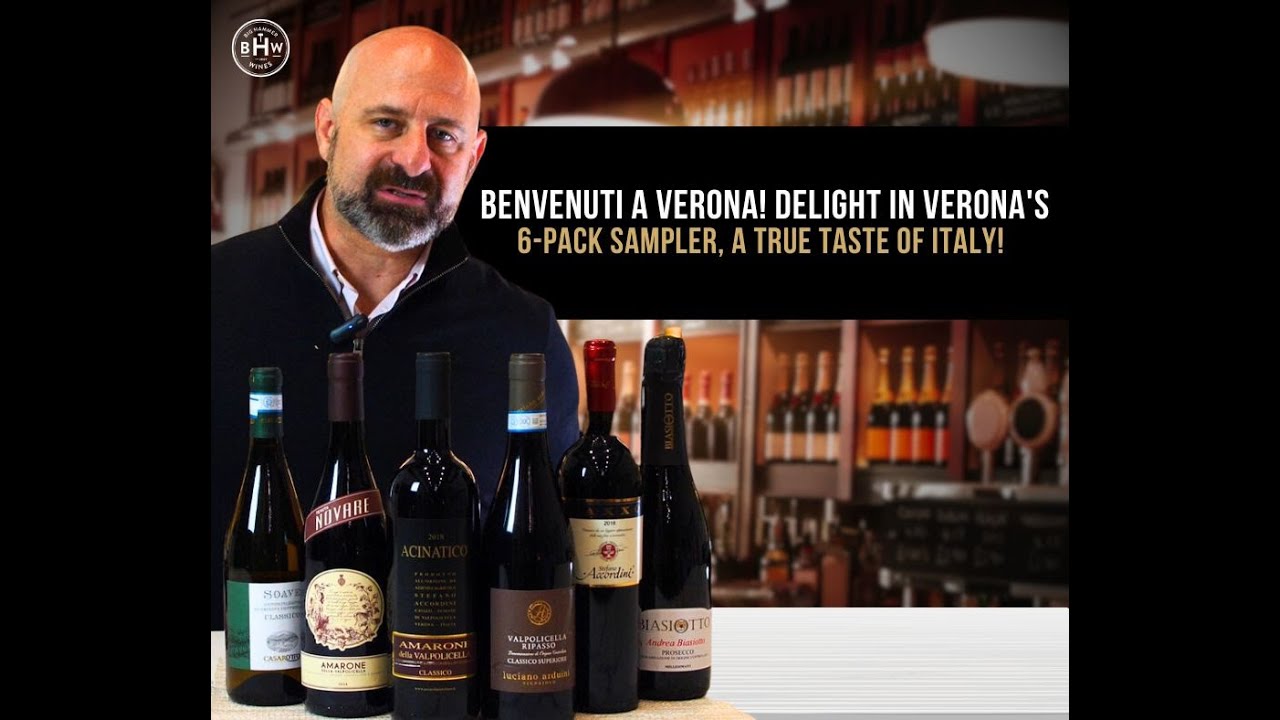
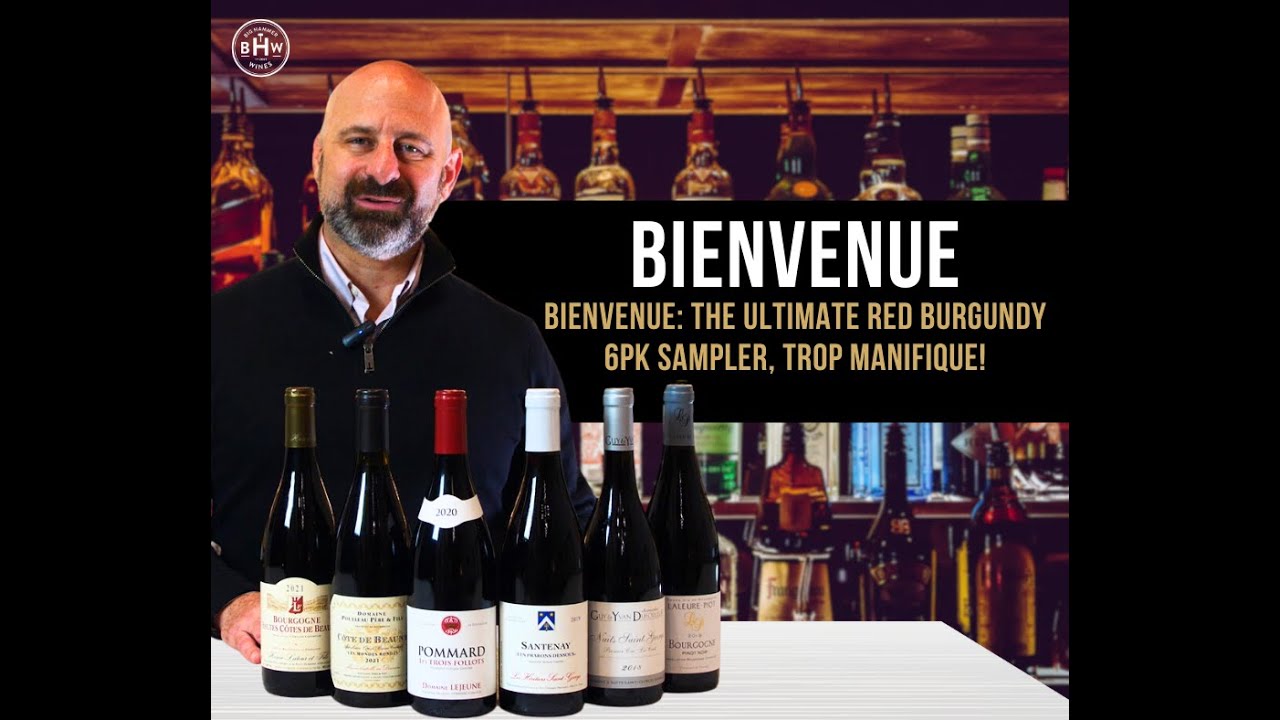
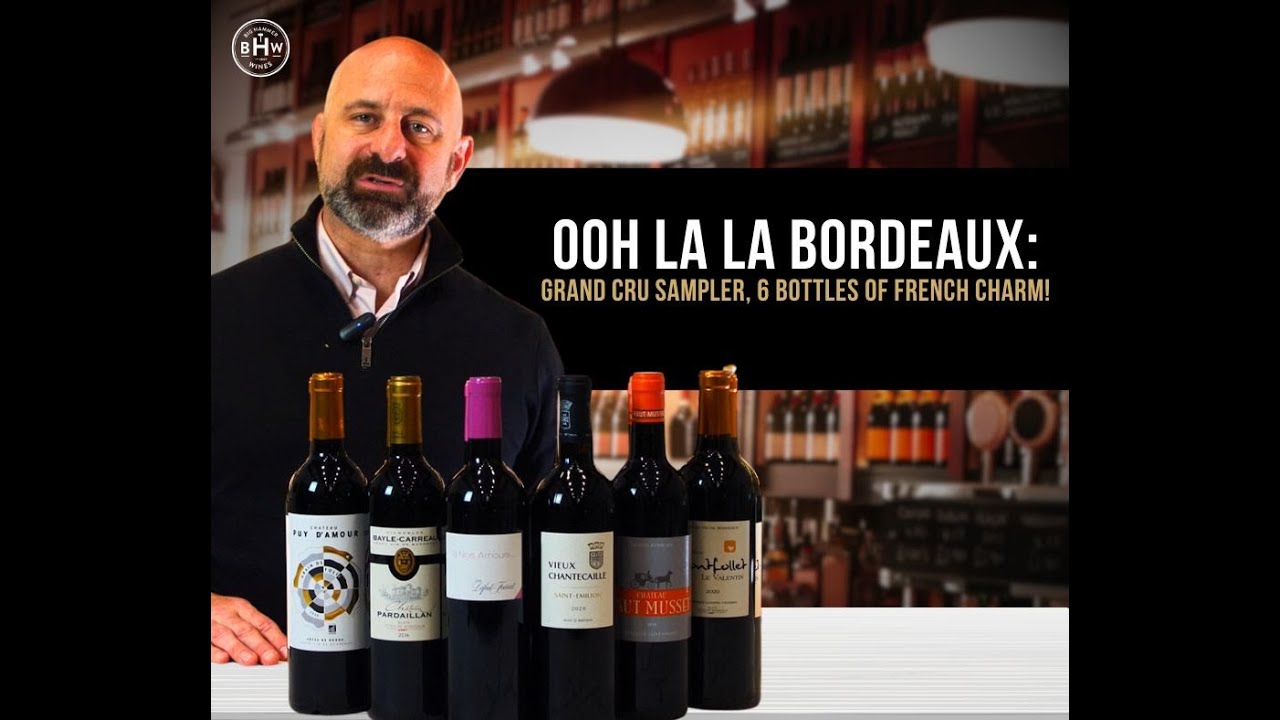
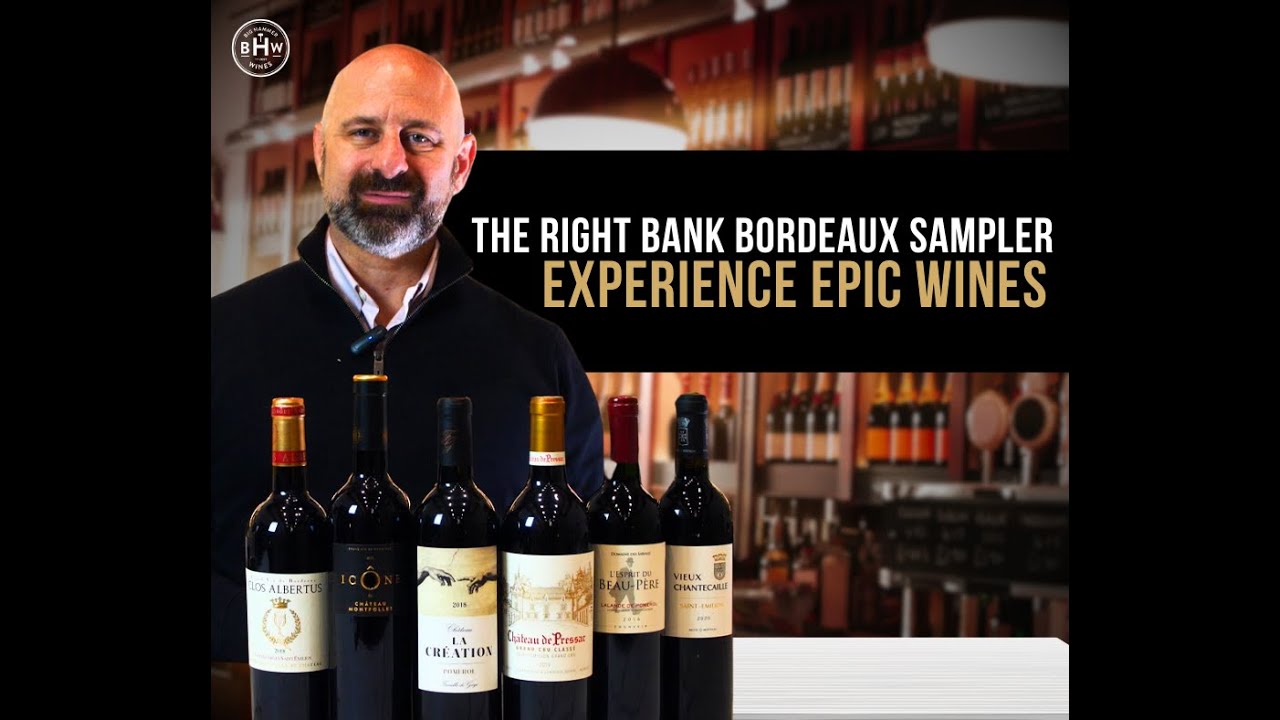
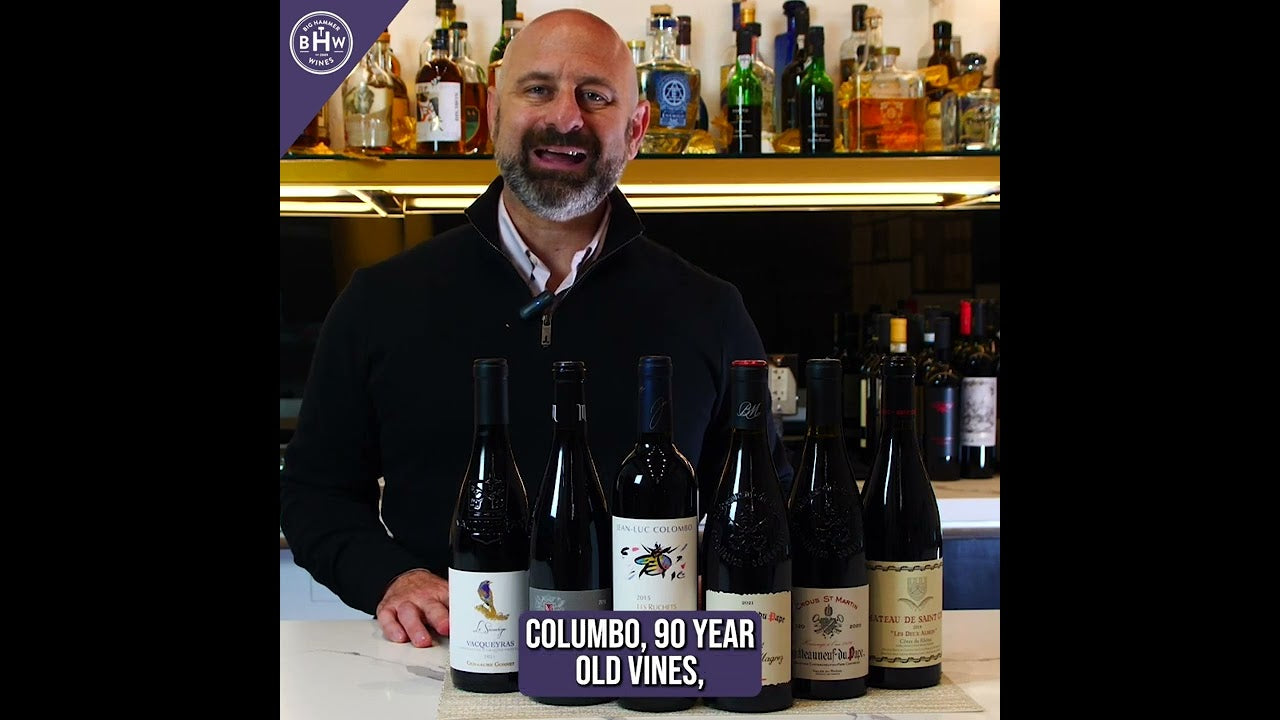
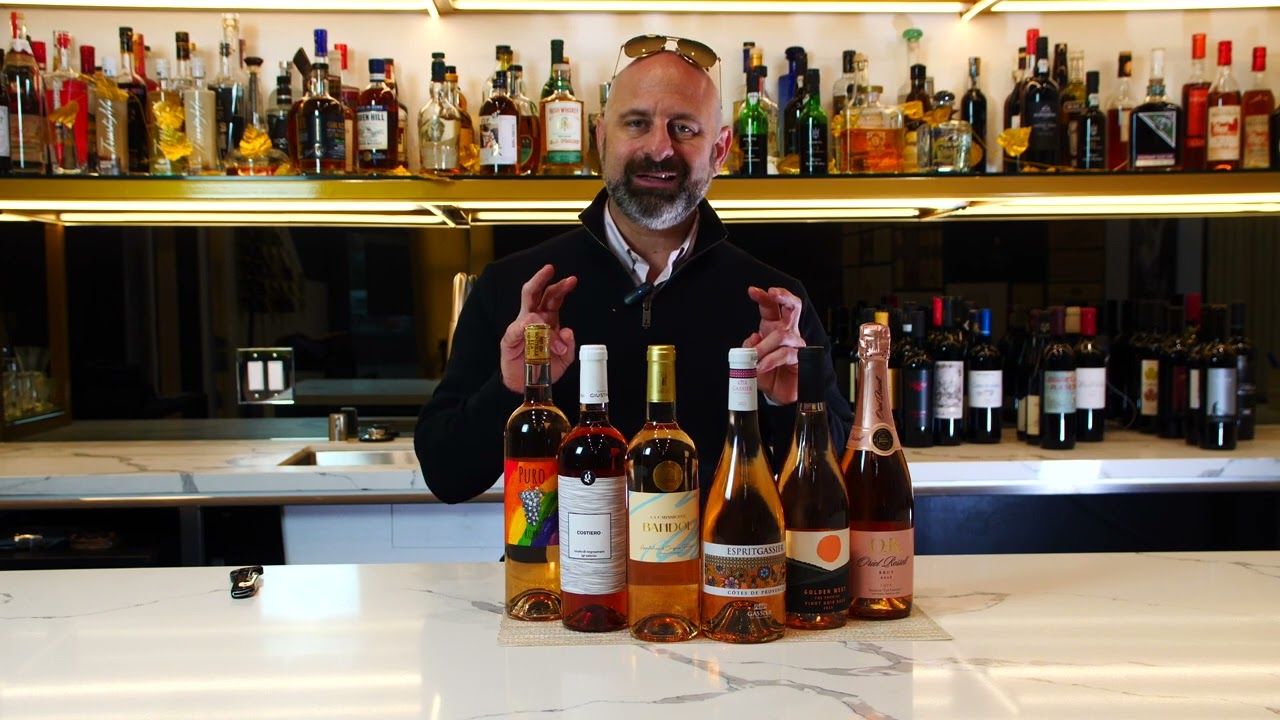
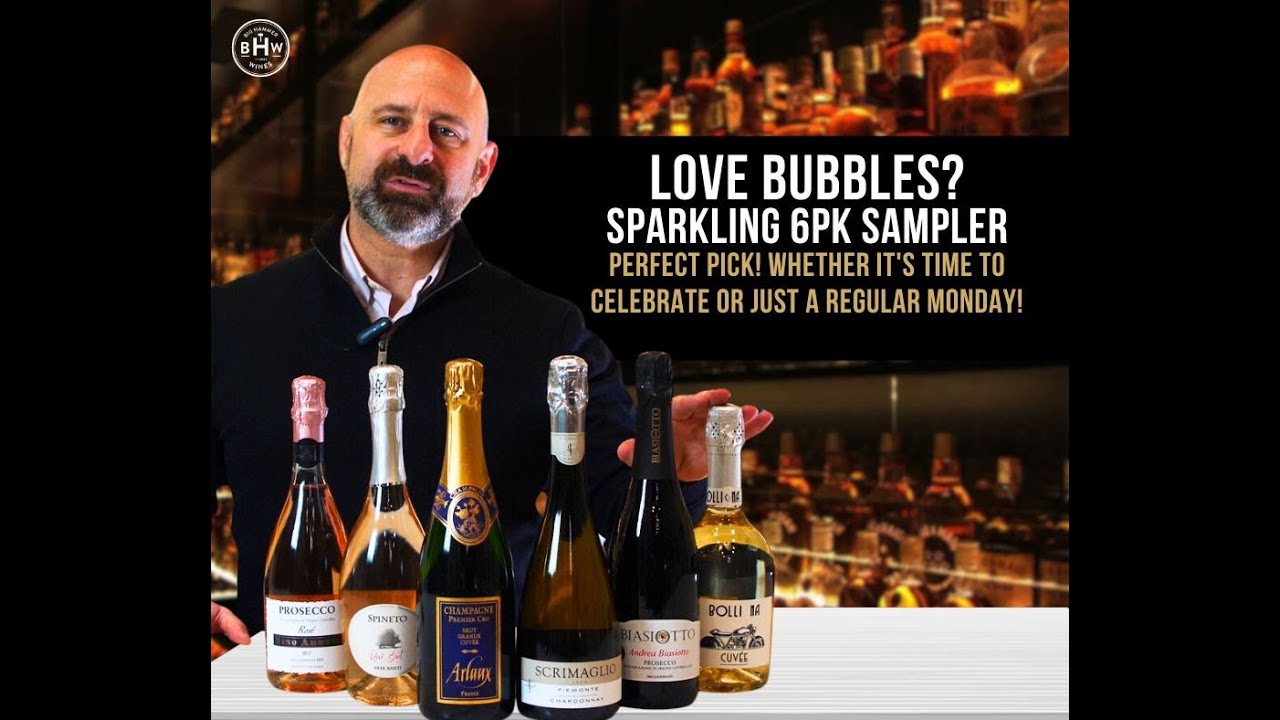
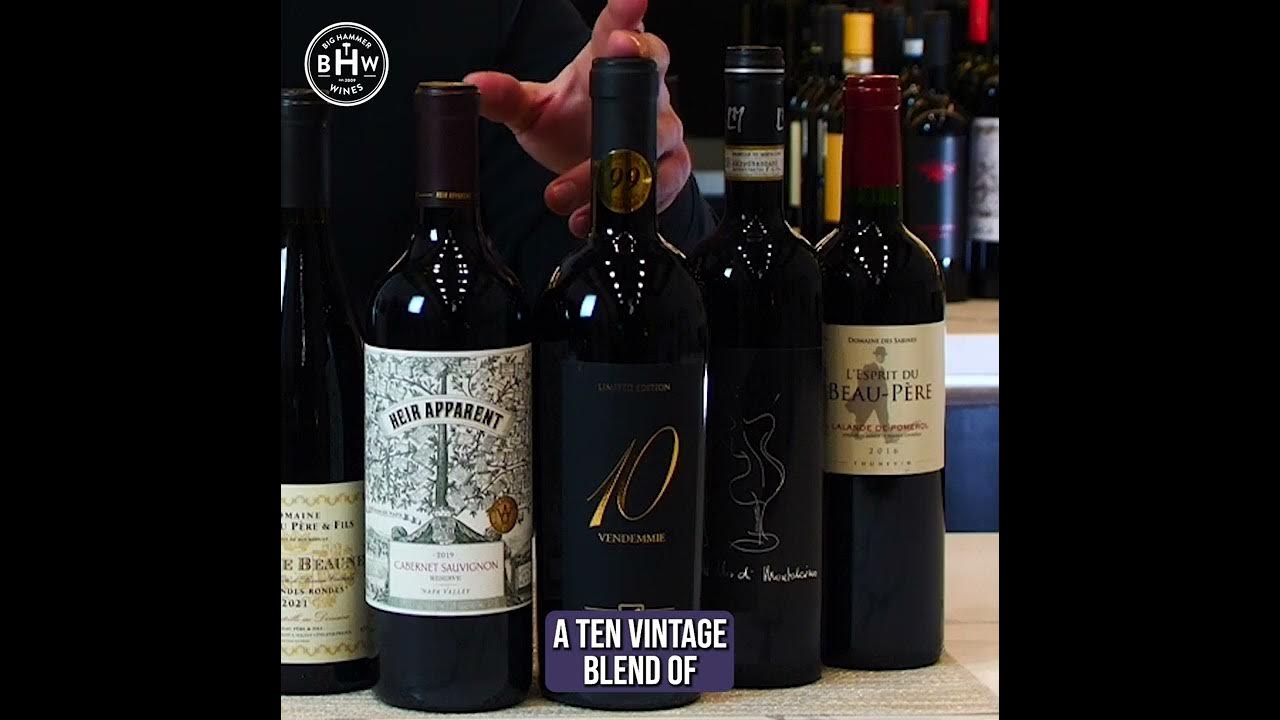
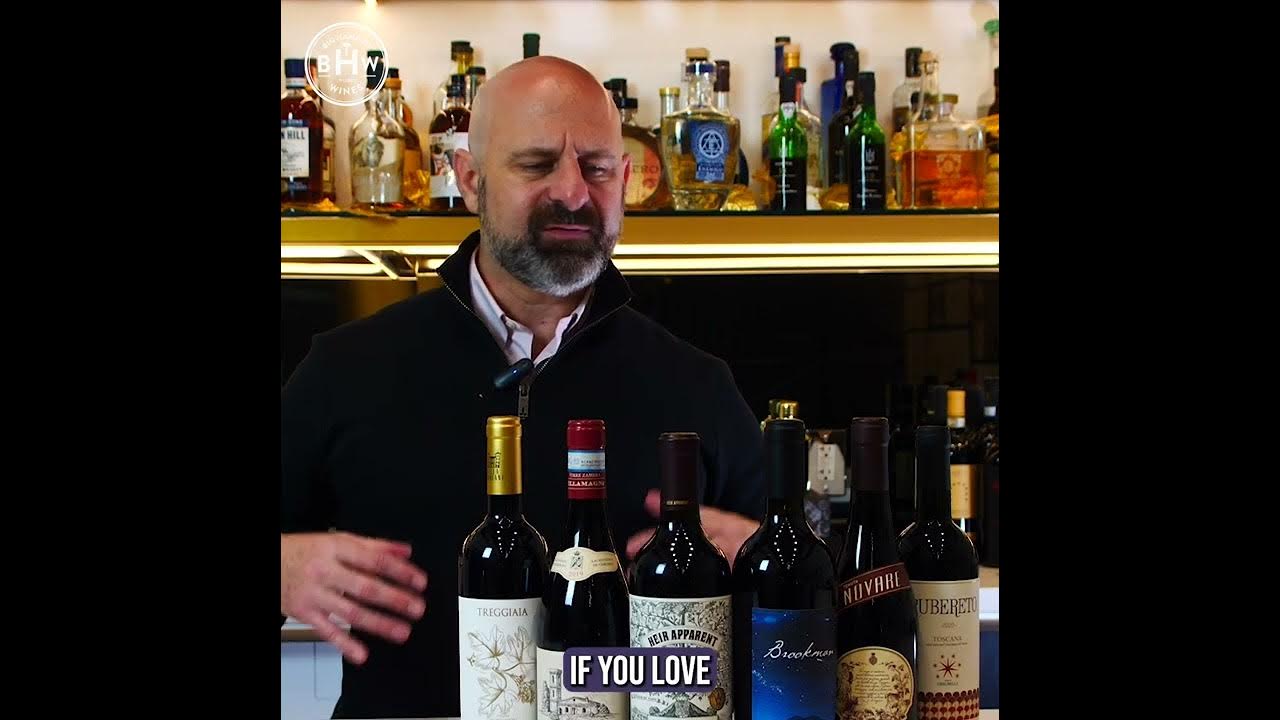
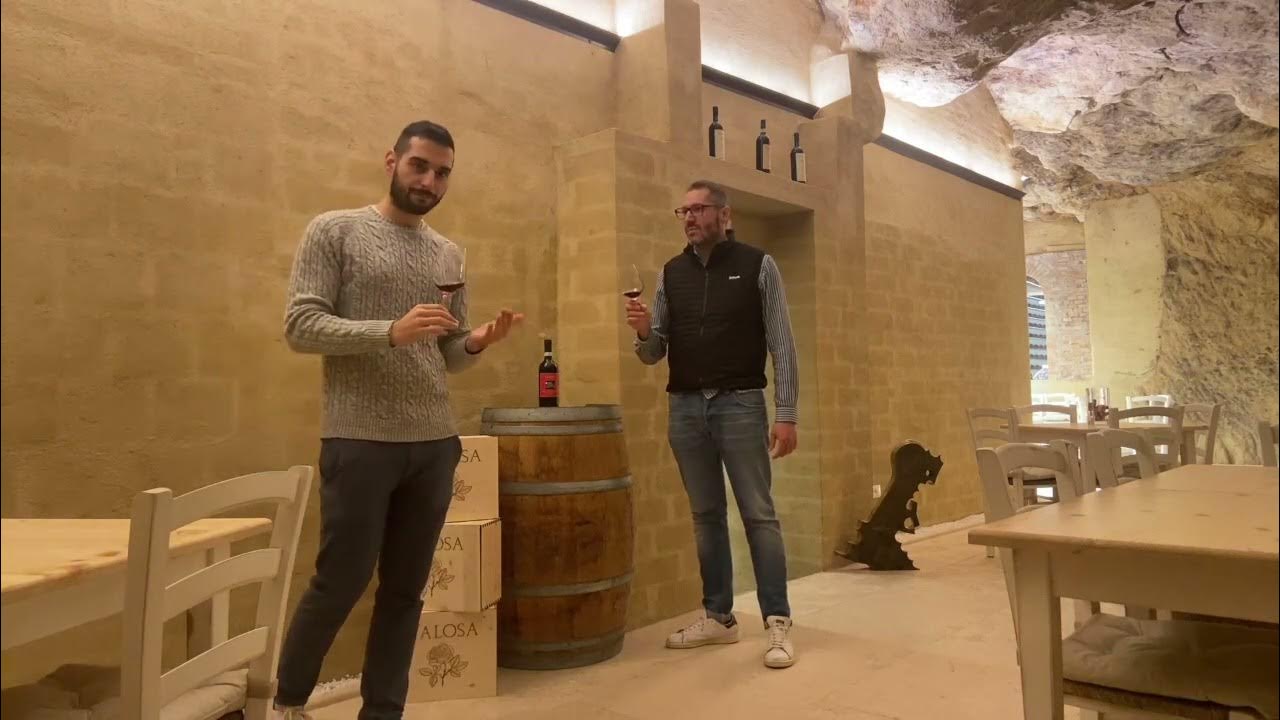
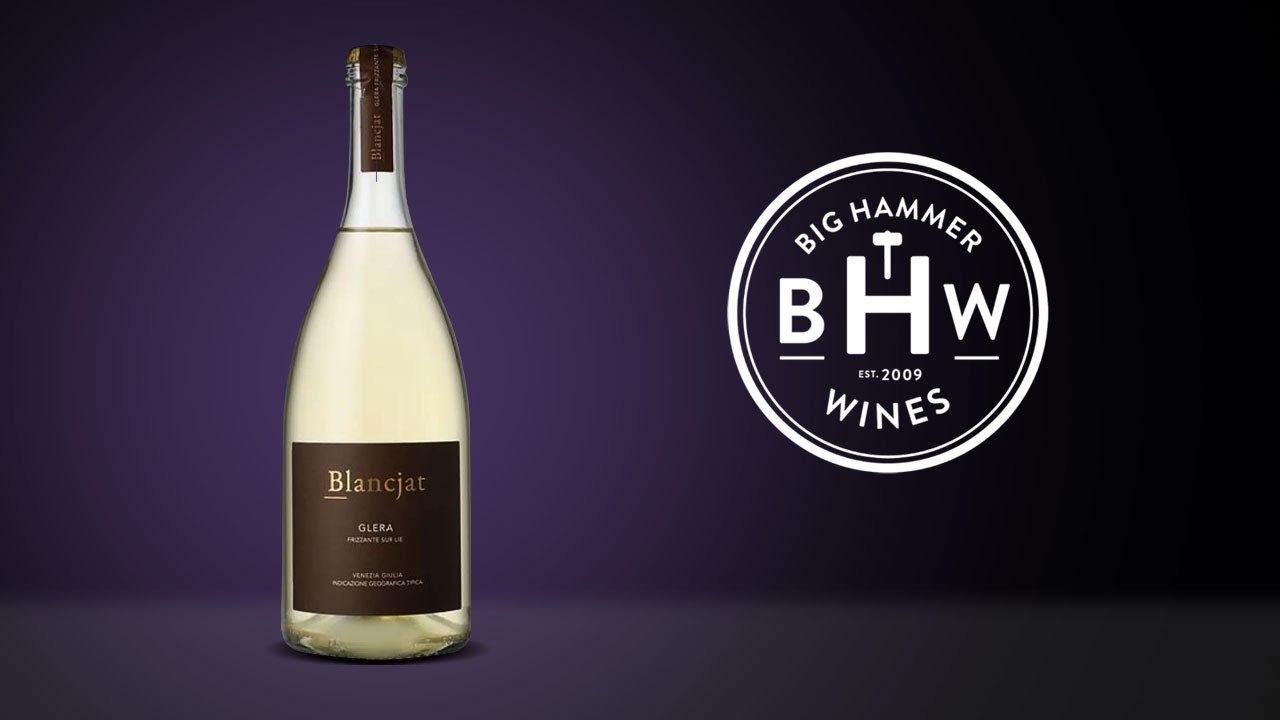
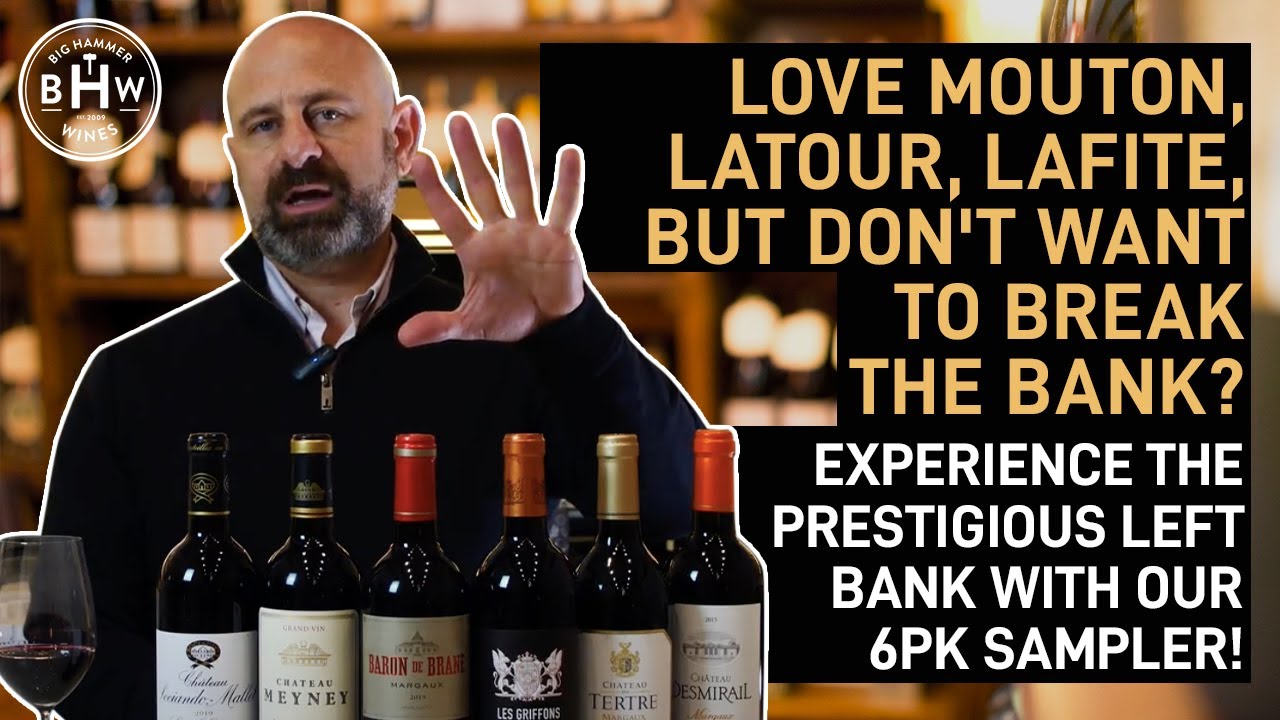
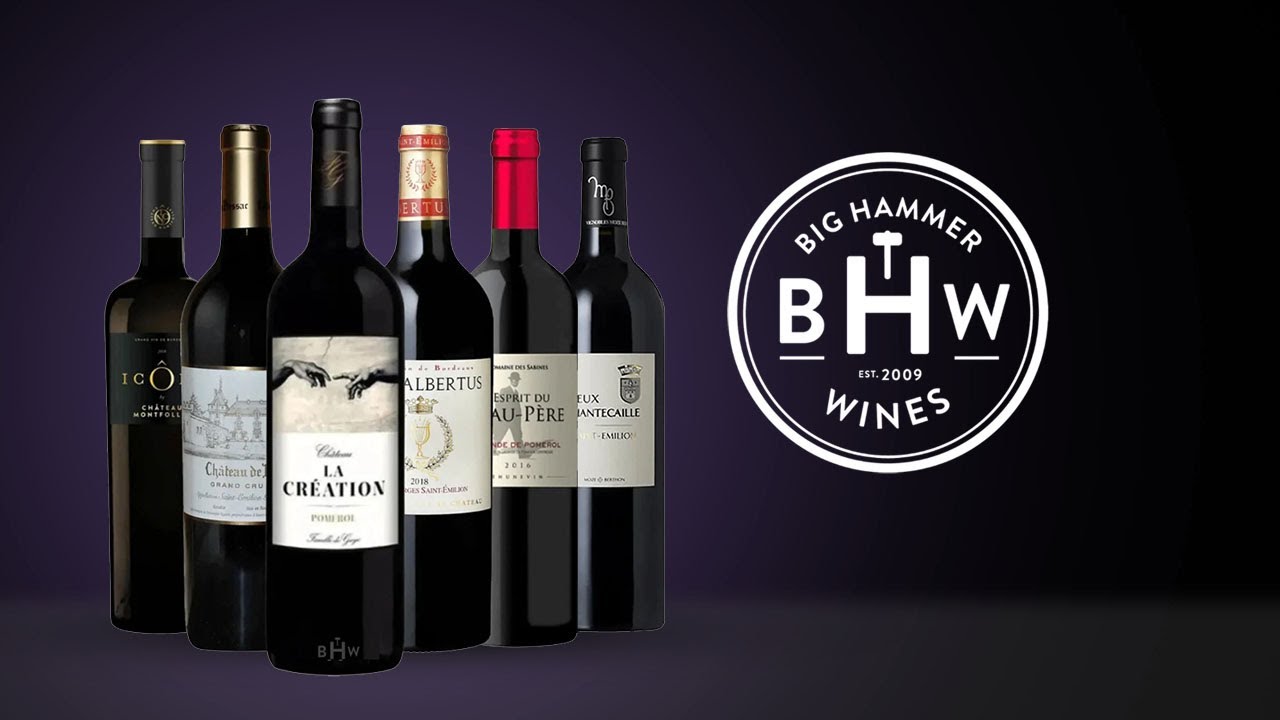
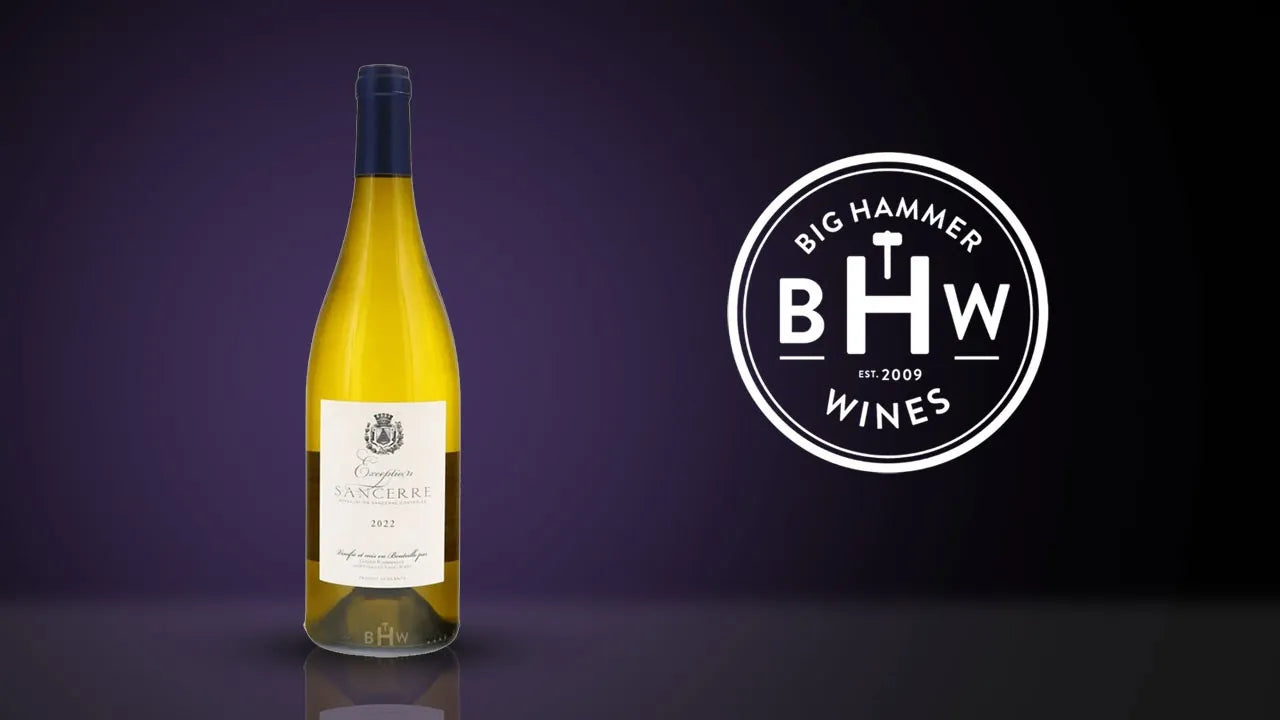
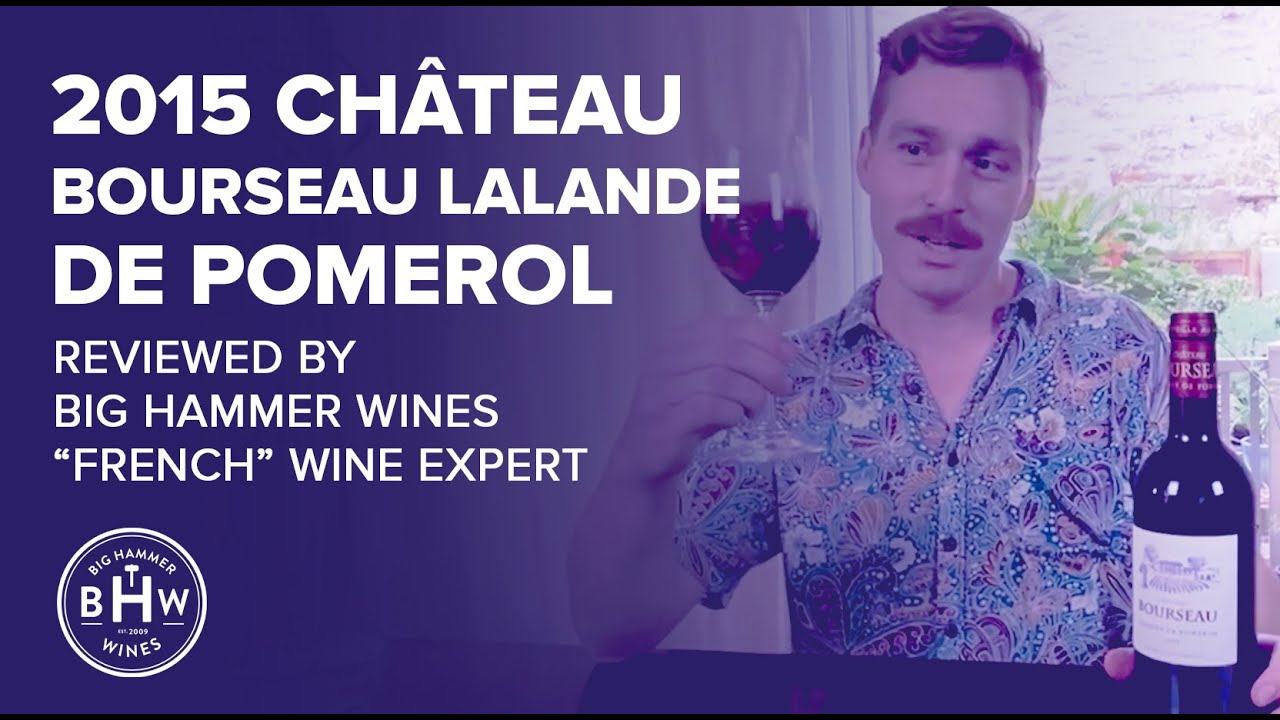
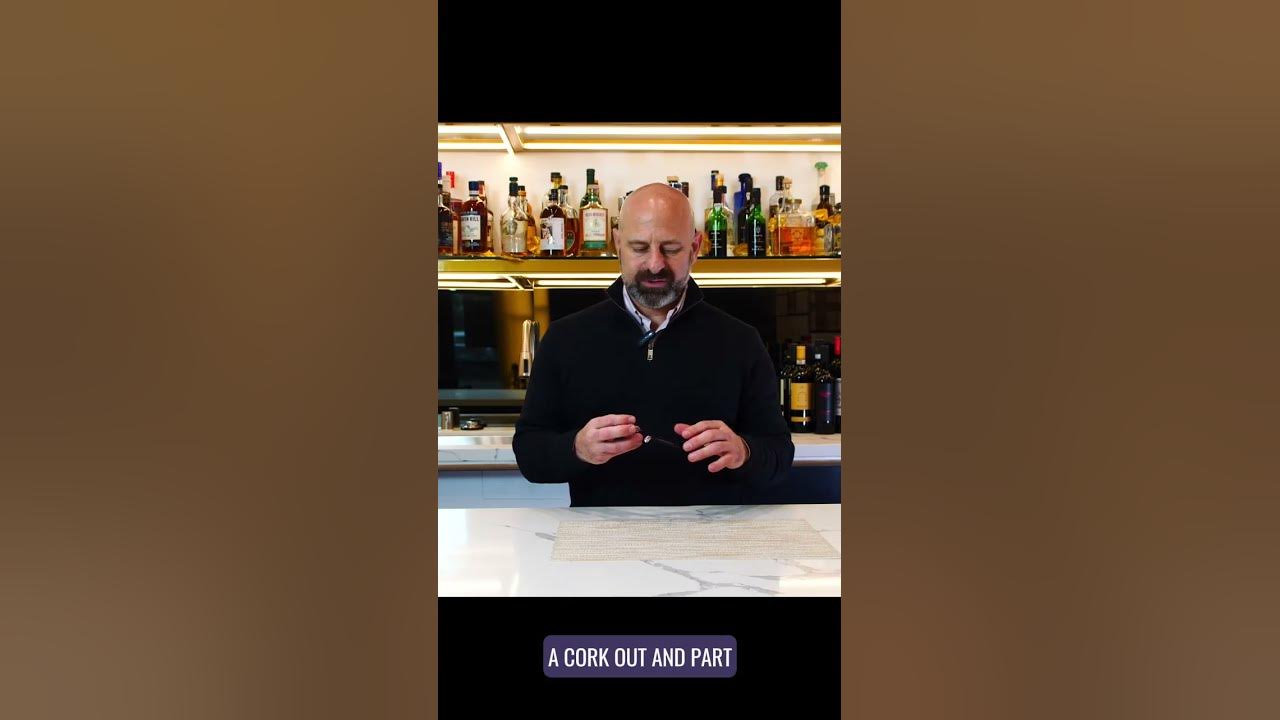
Share:
Champagne
Loire Valley Wine
Comments Section